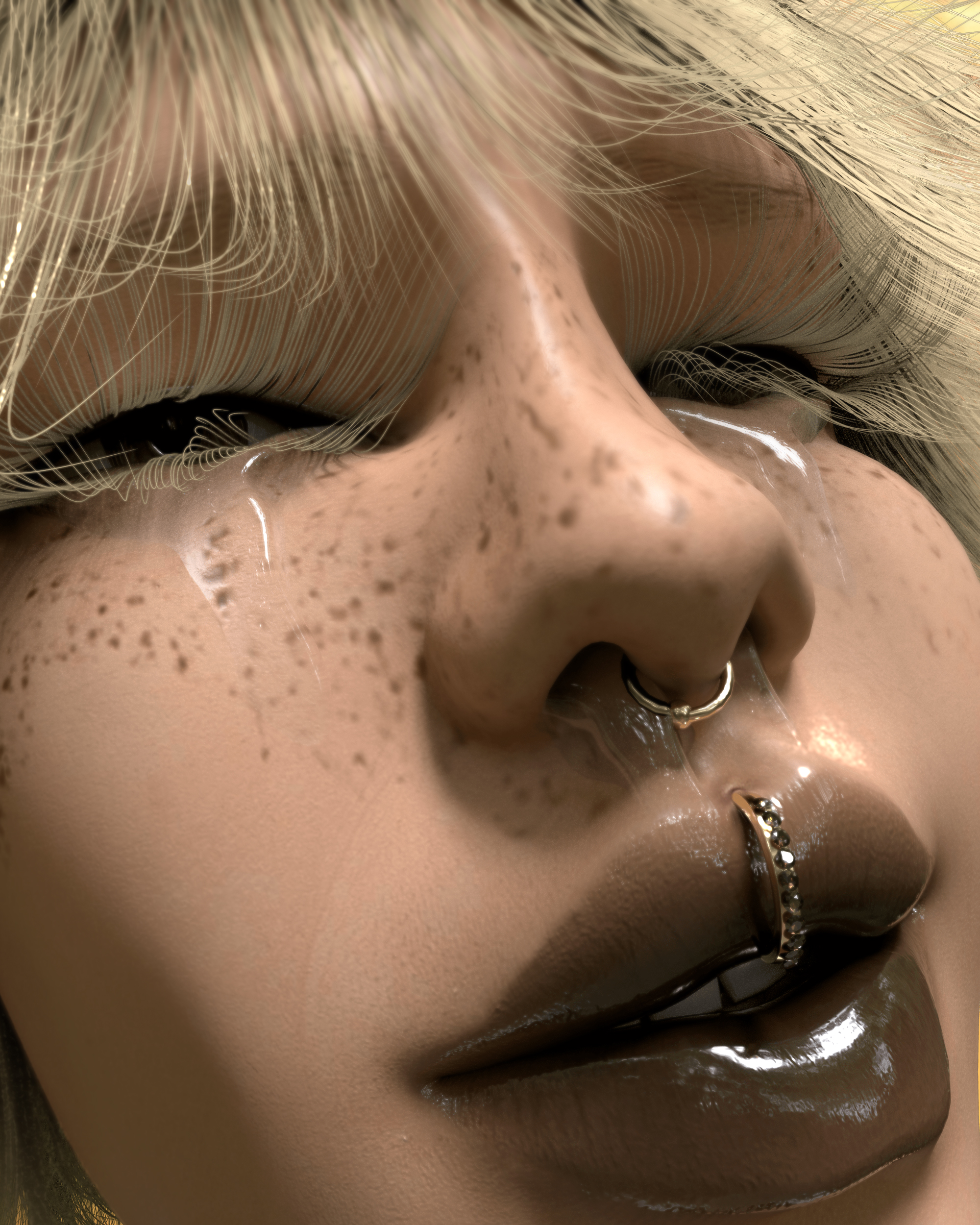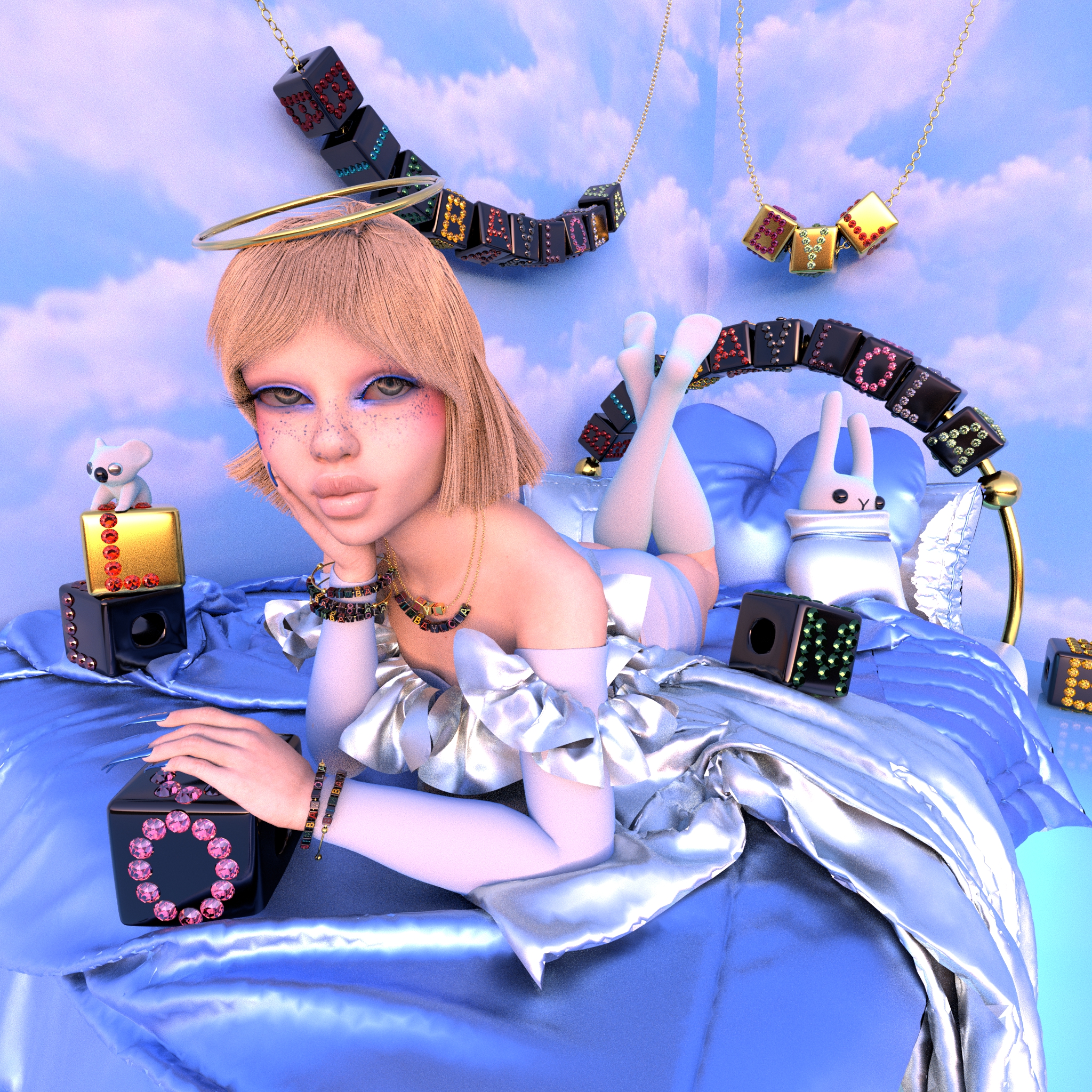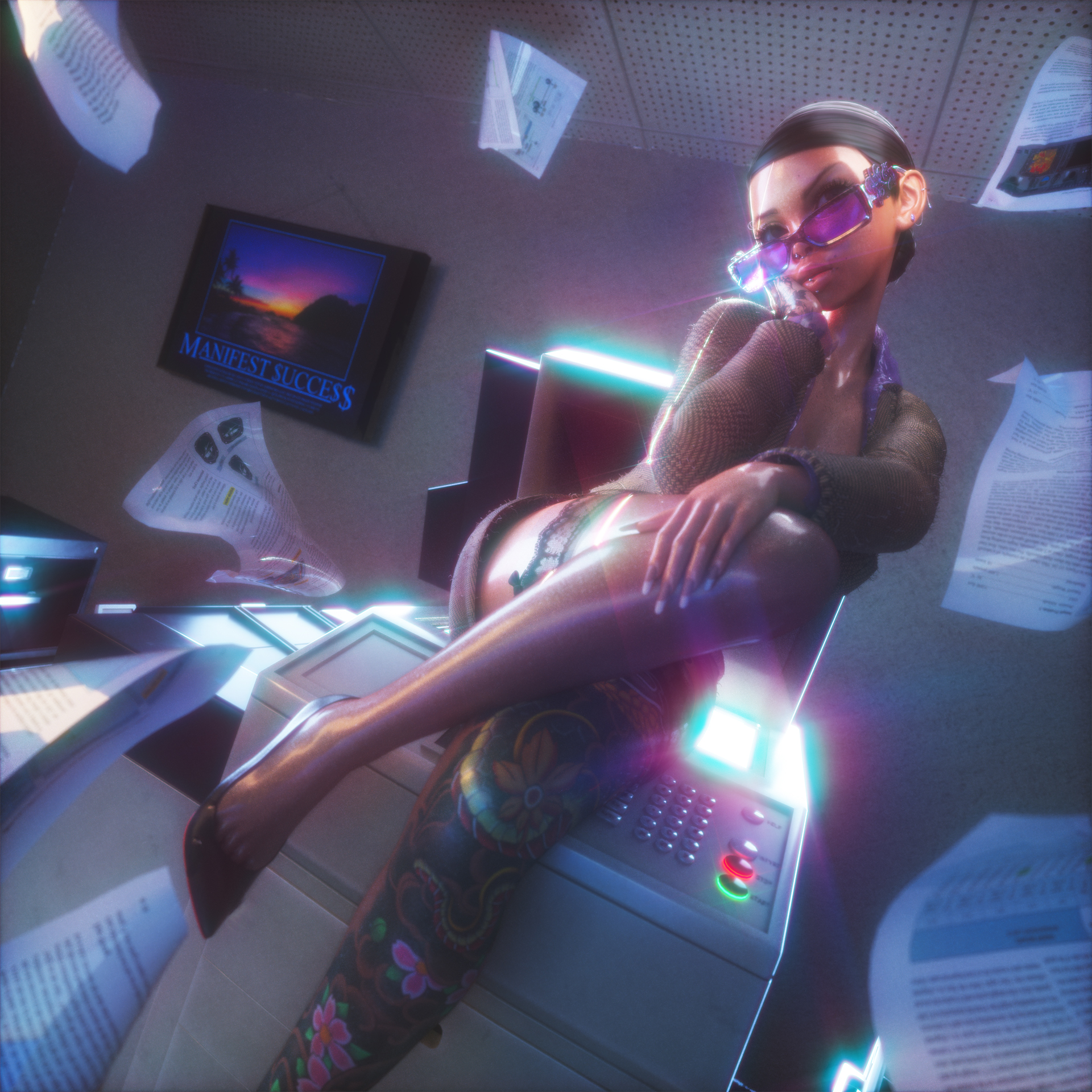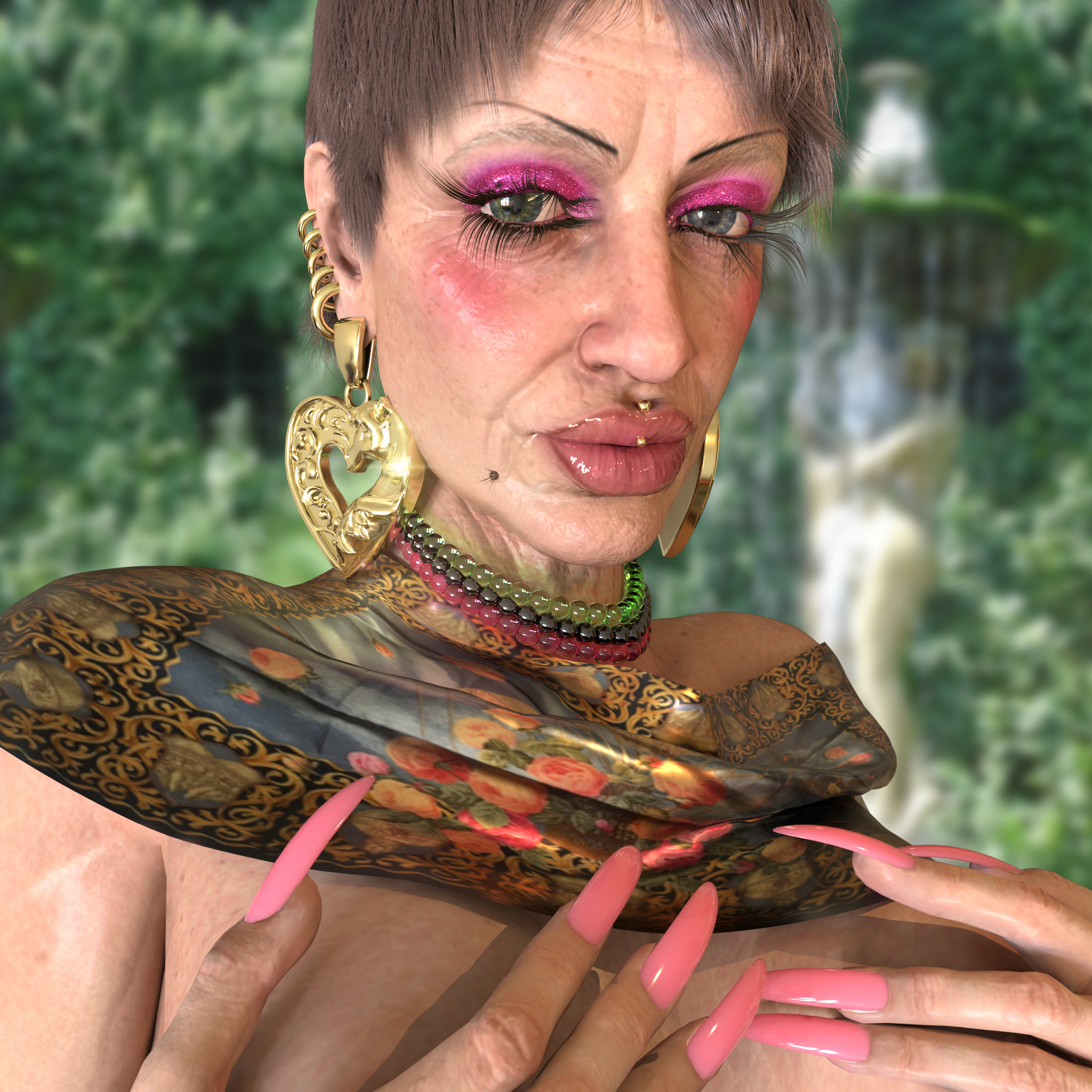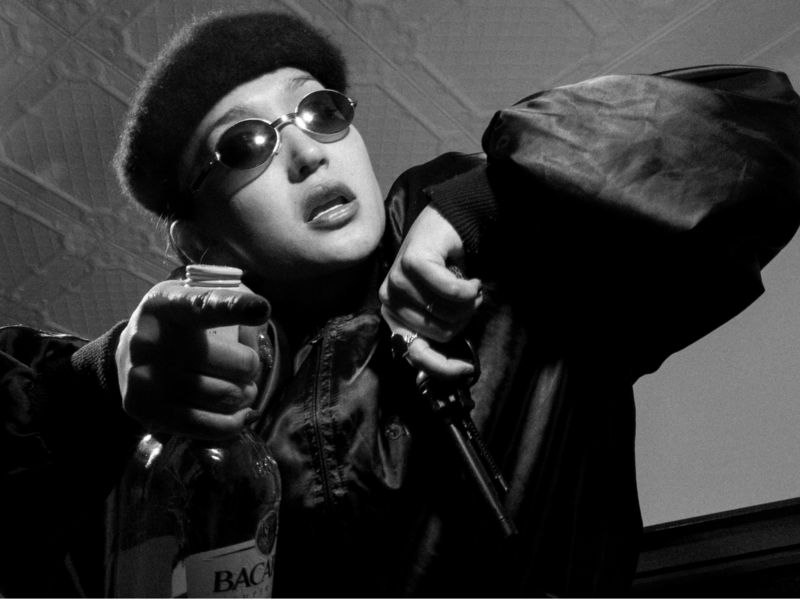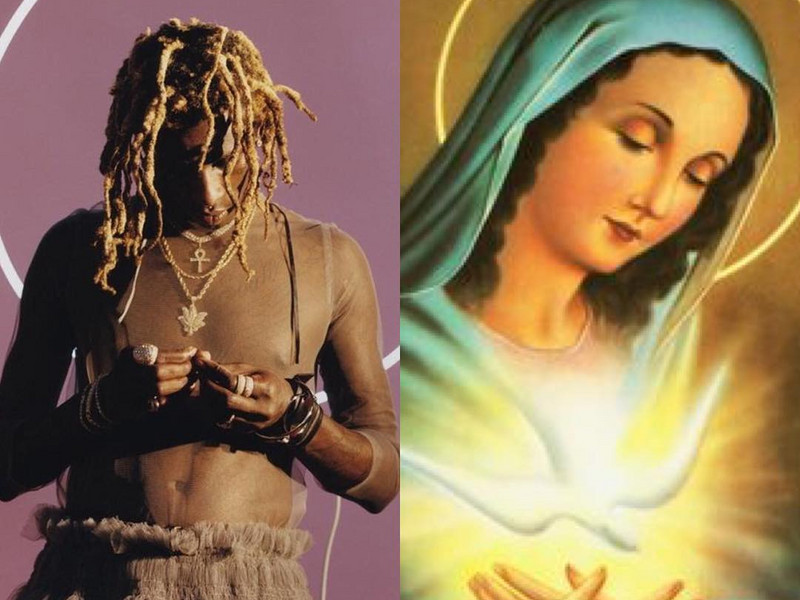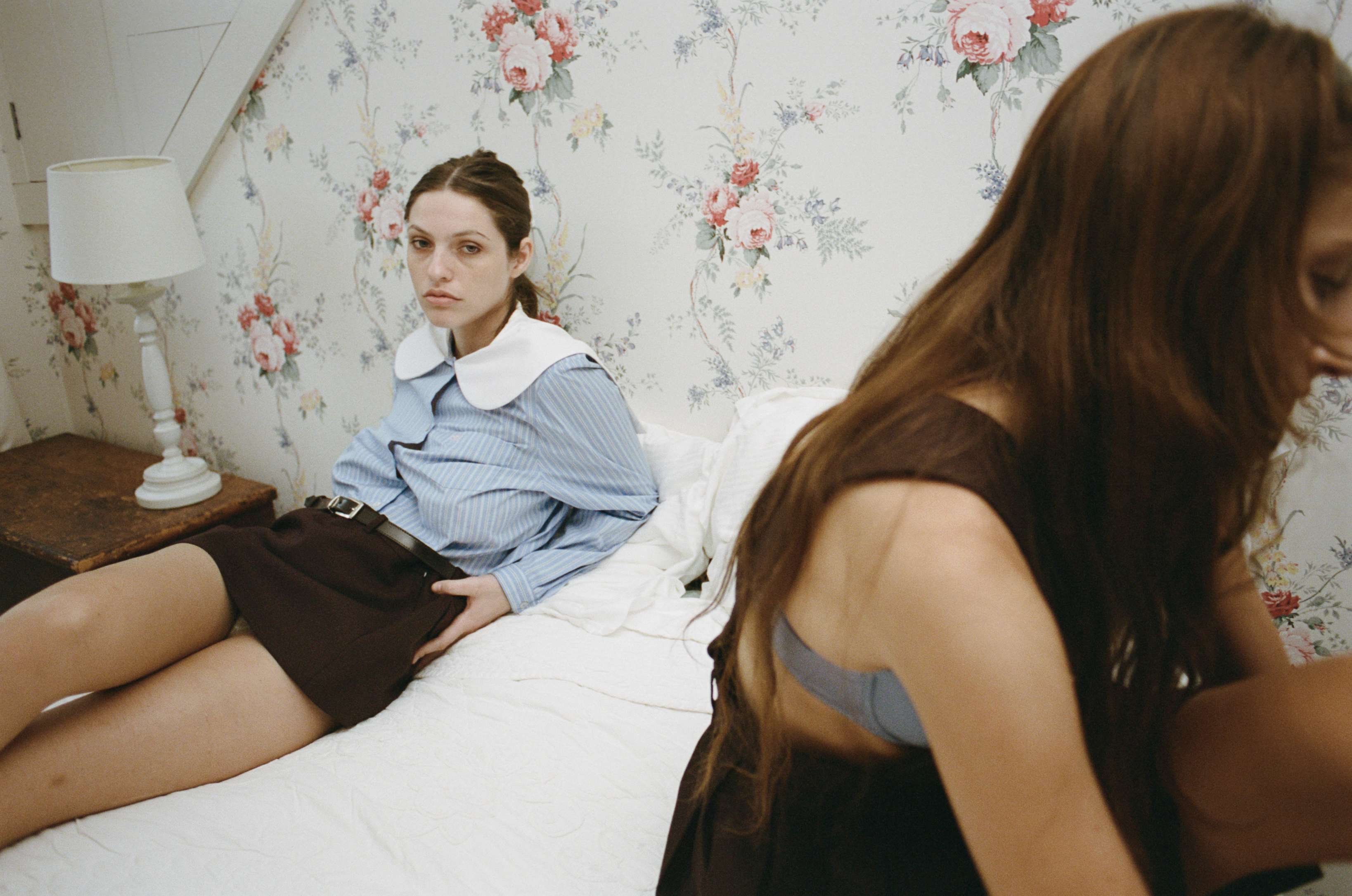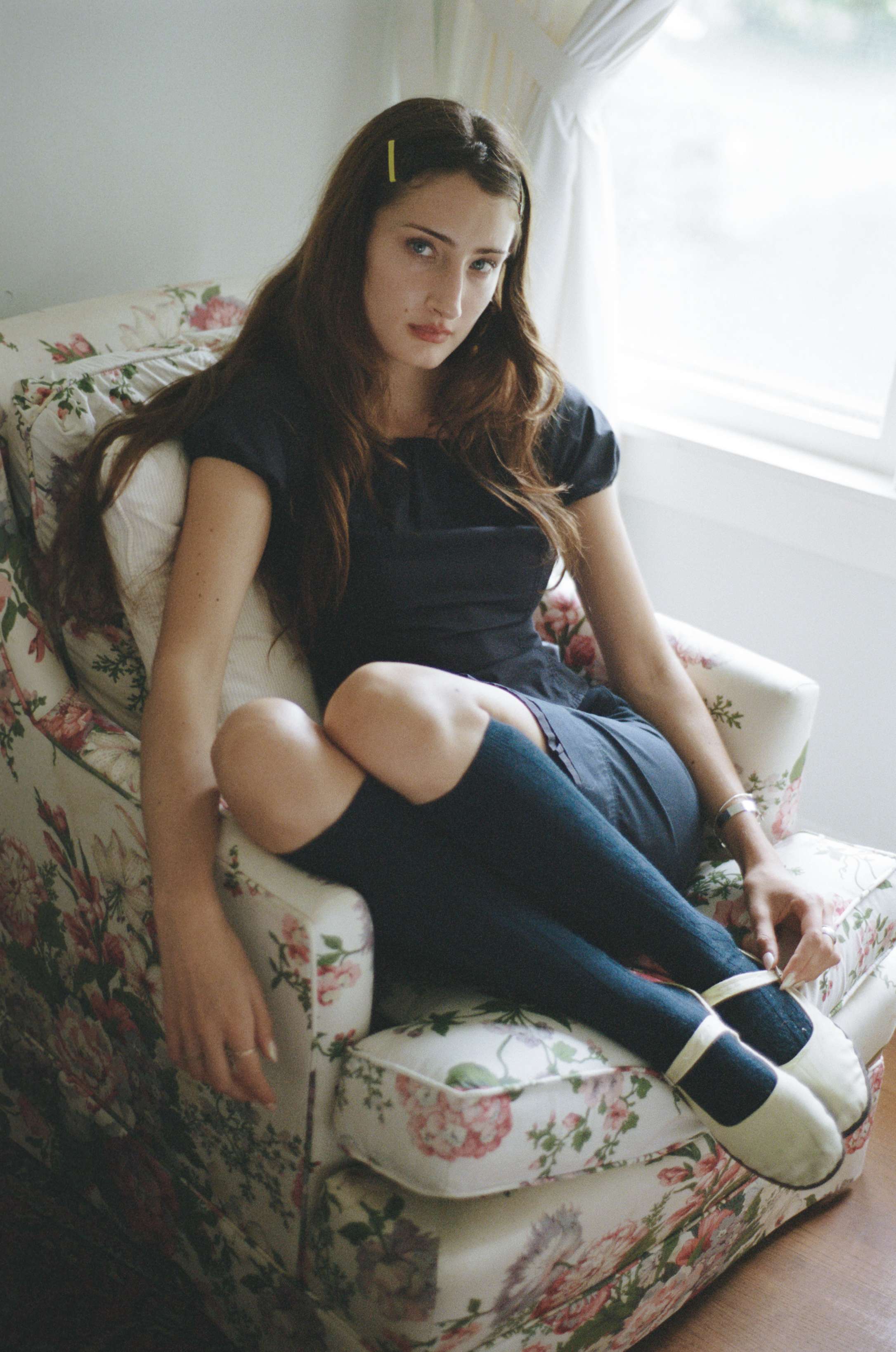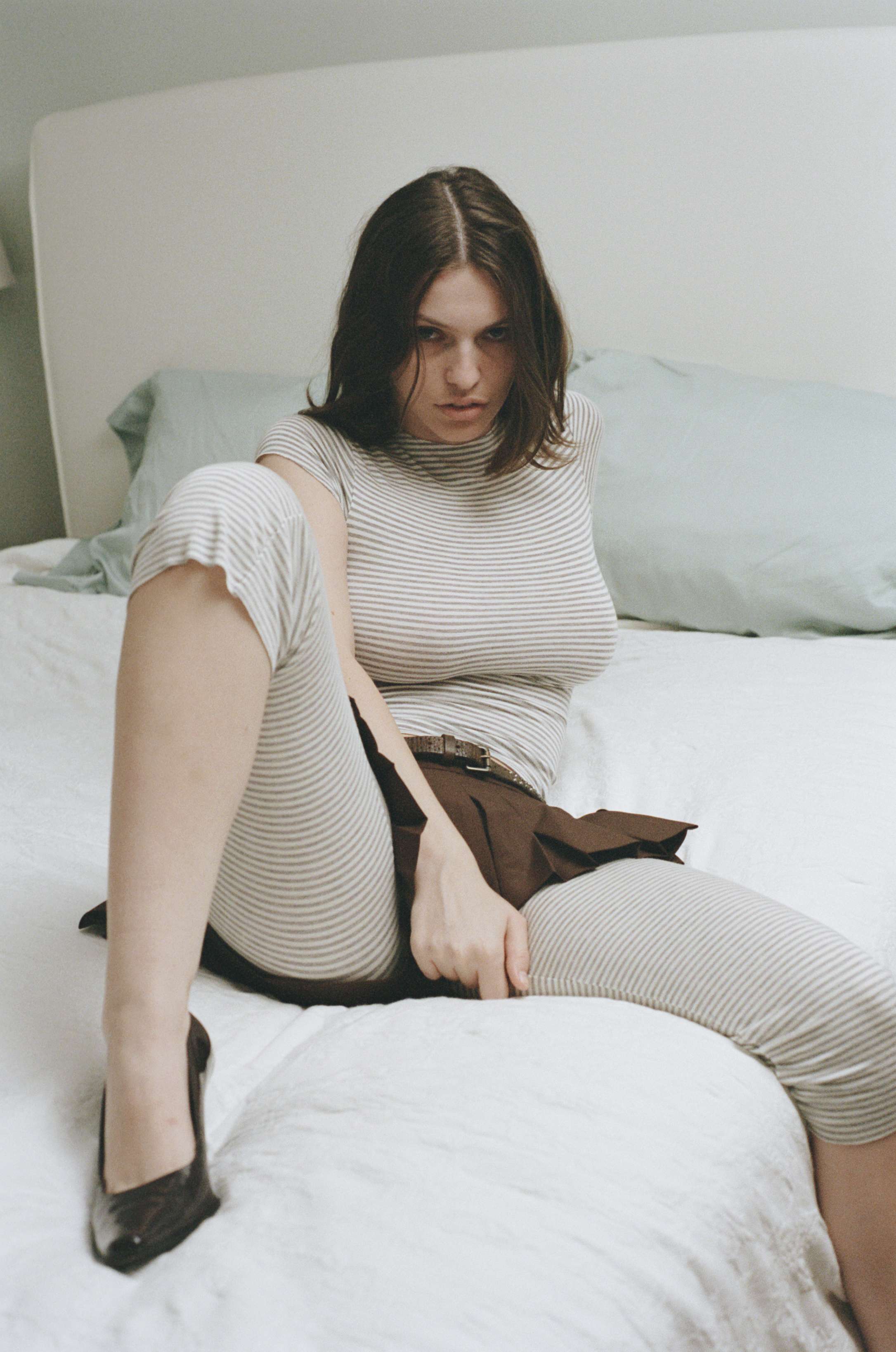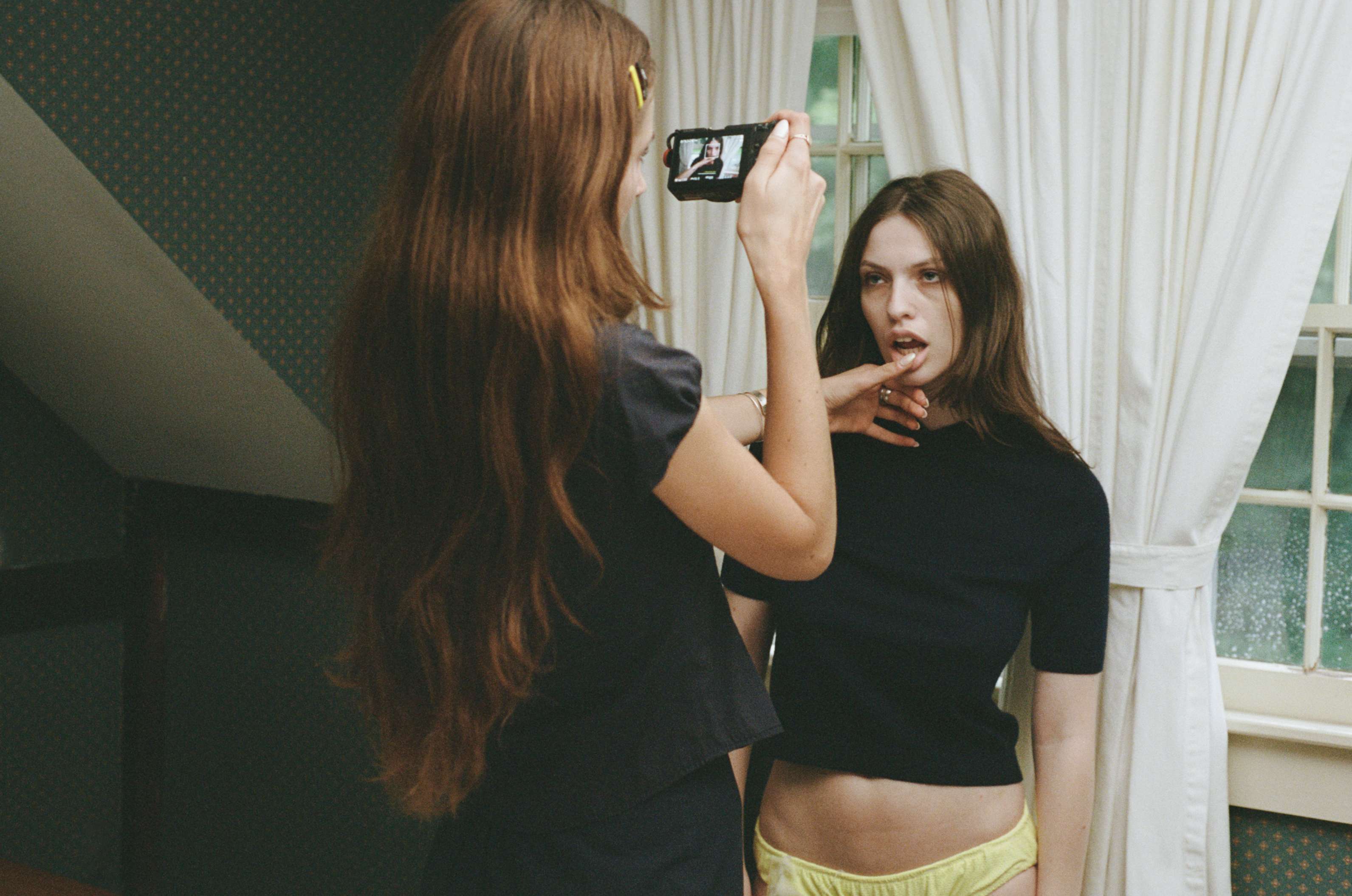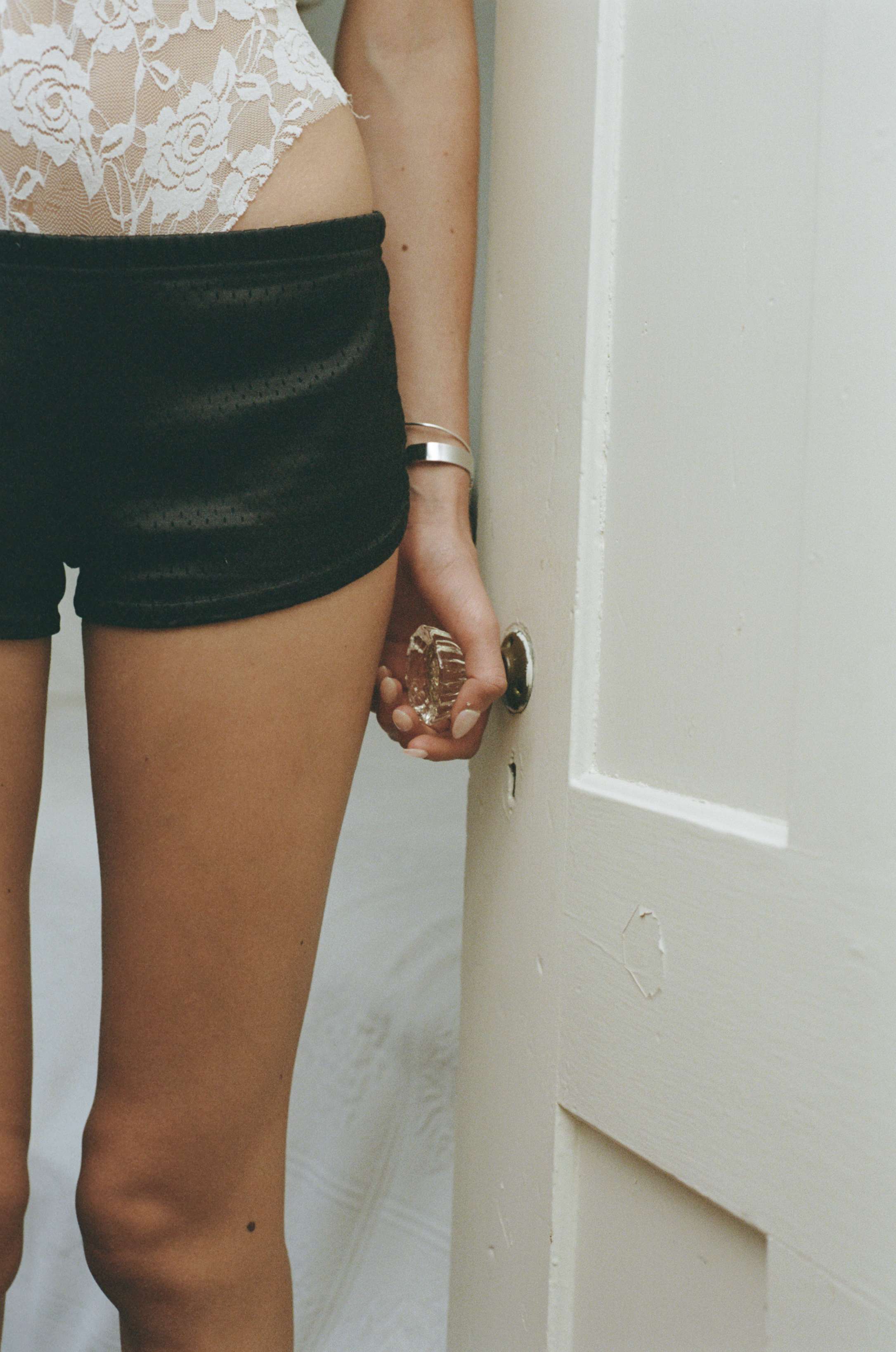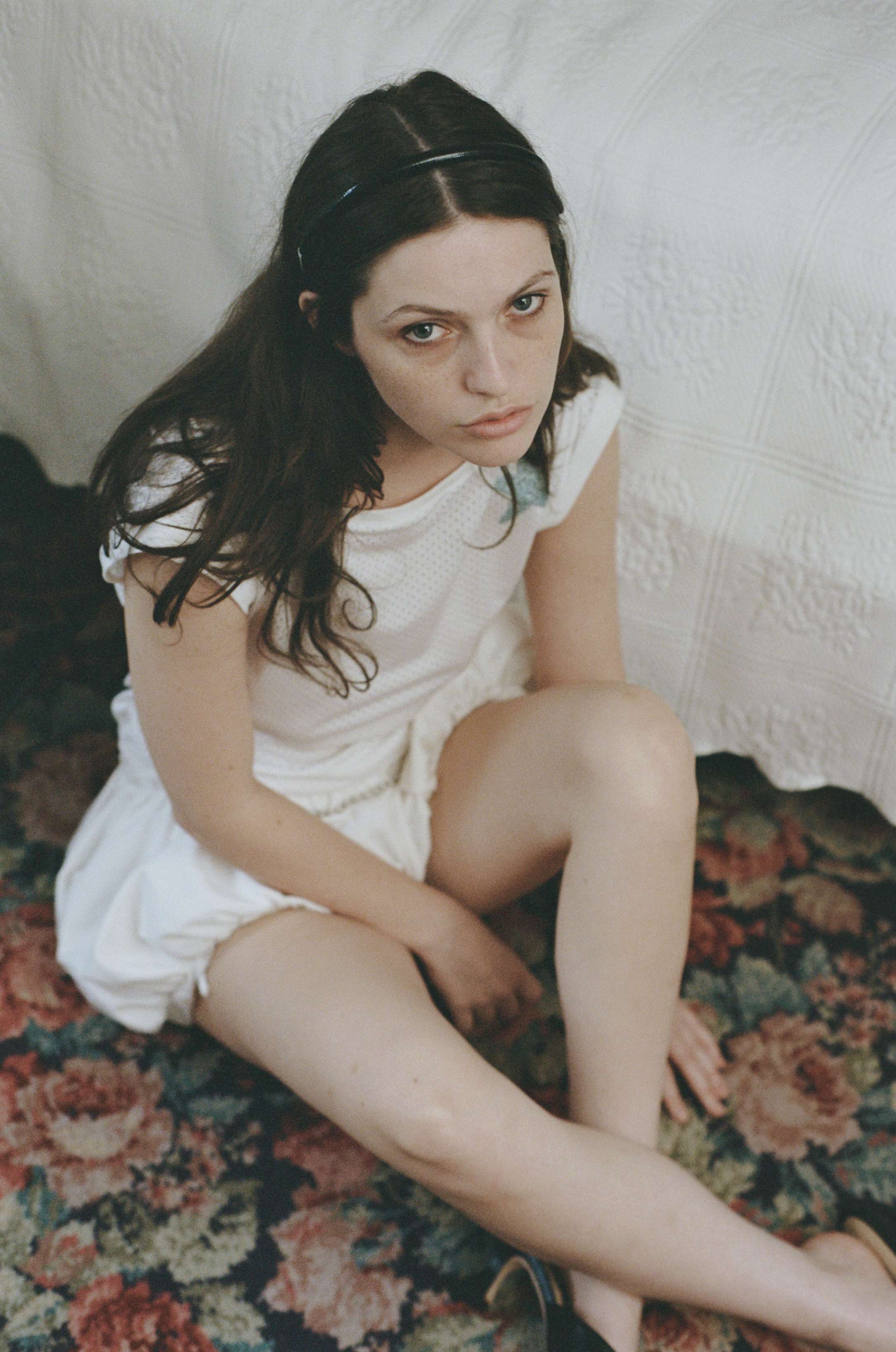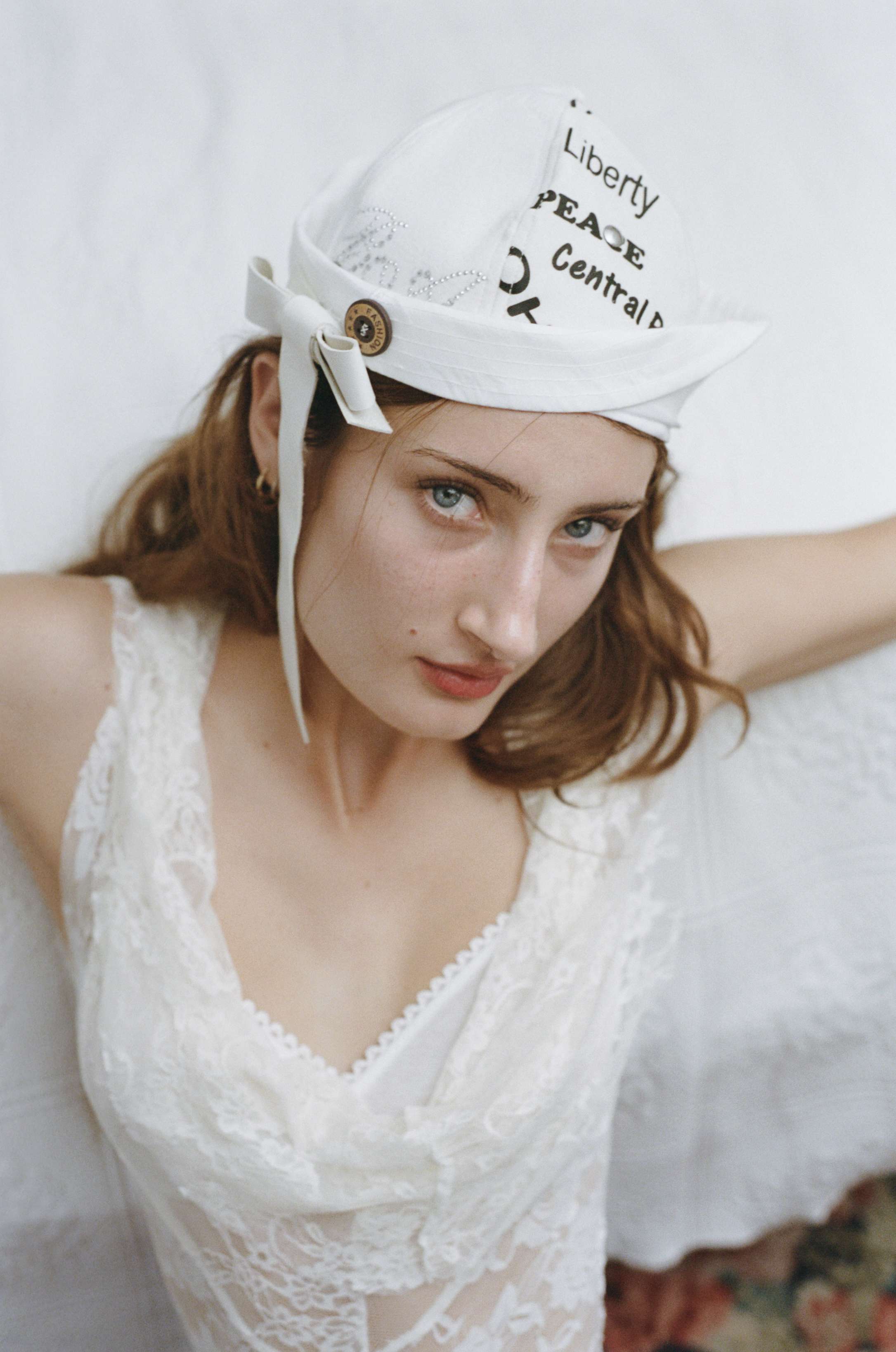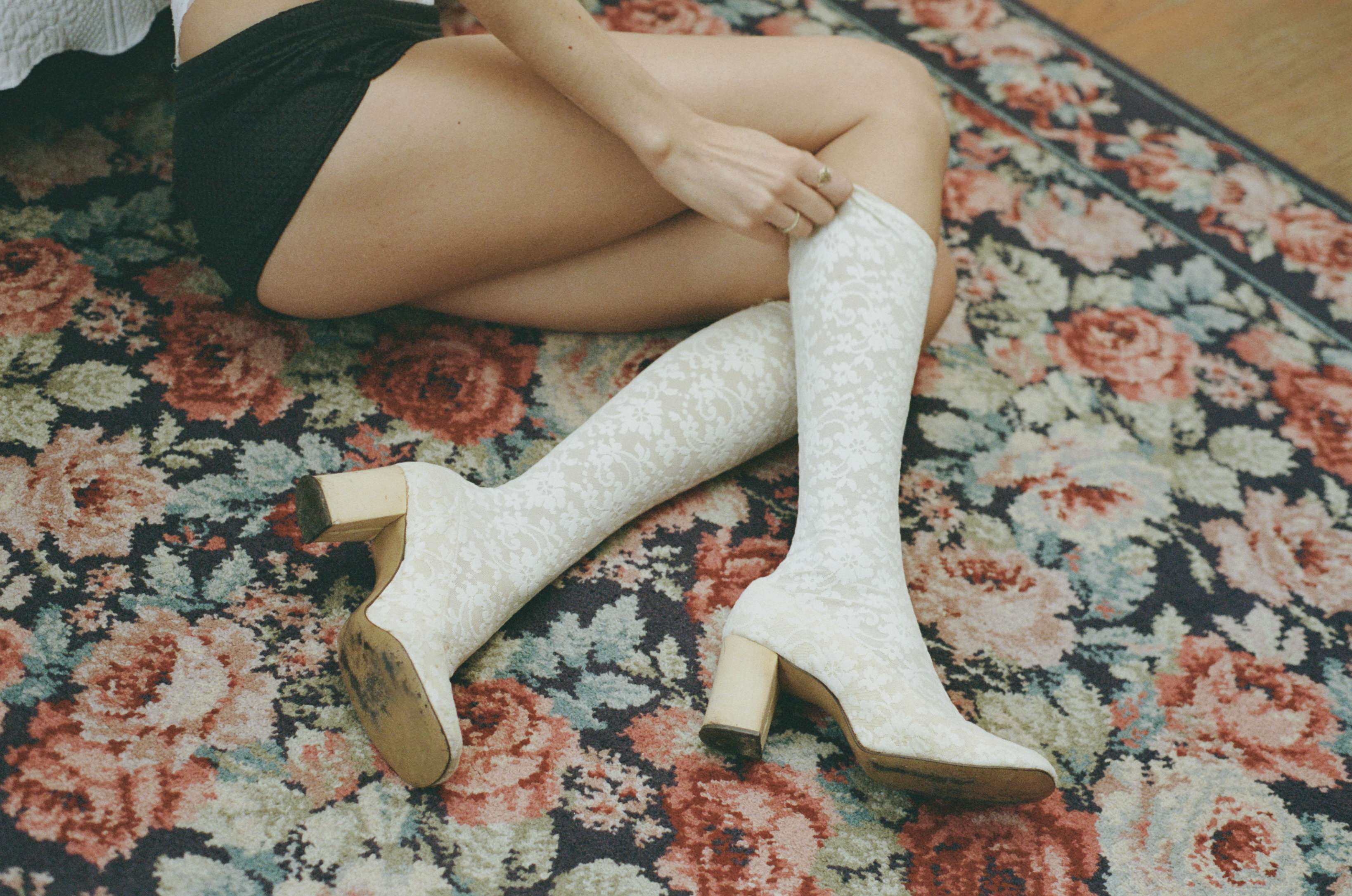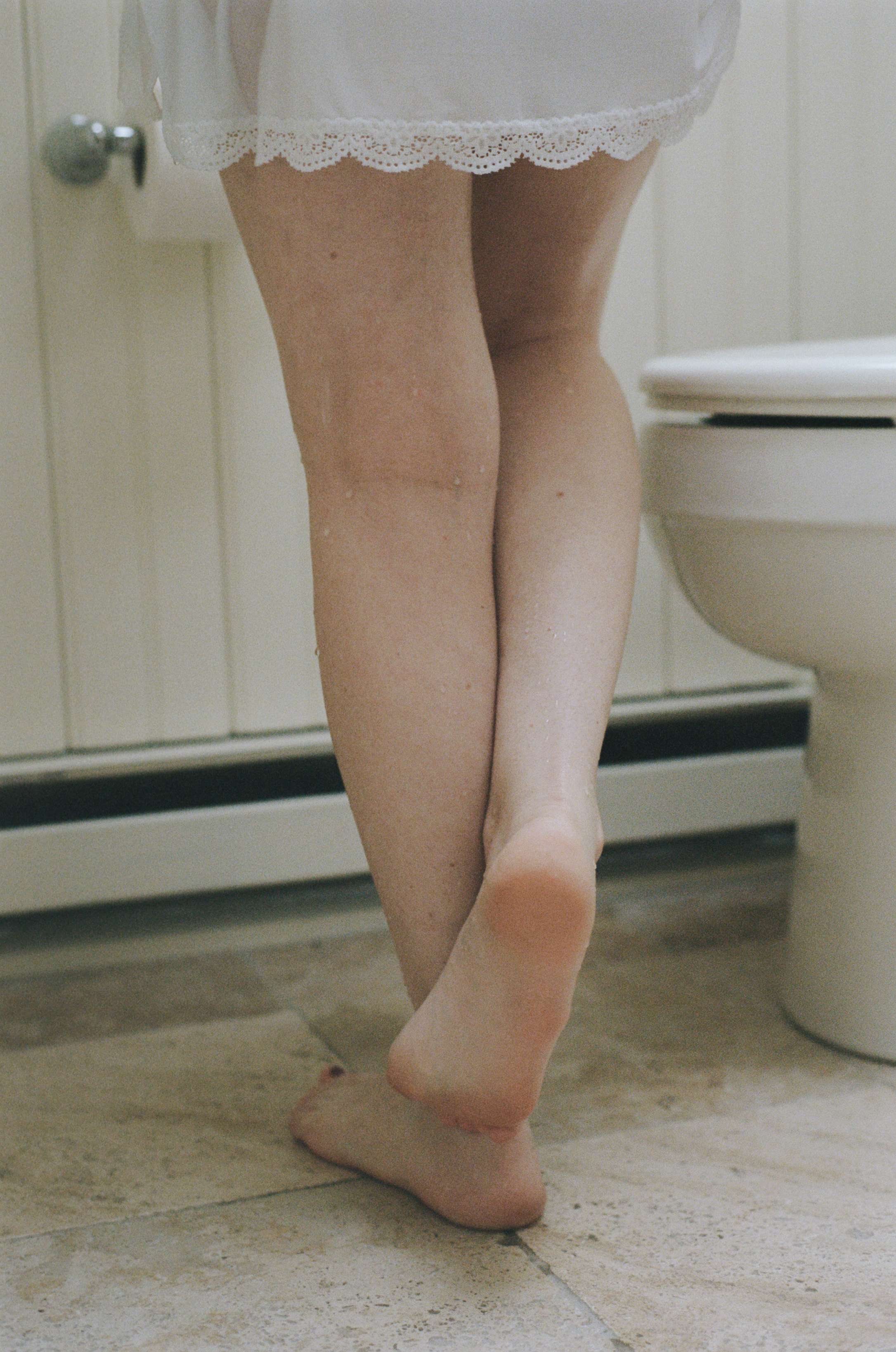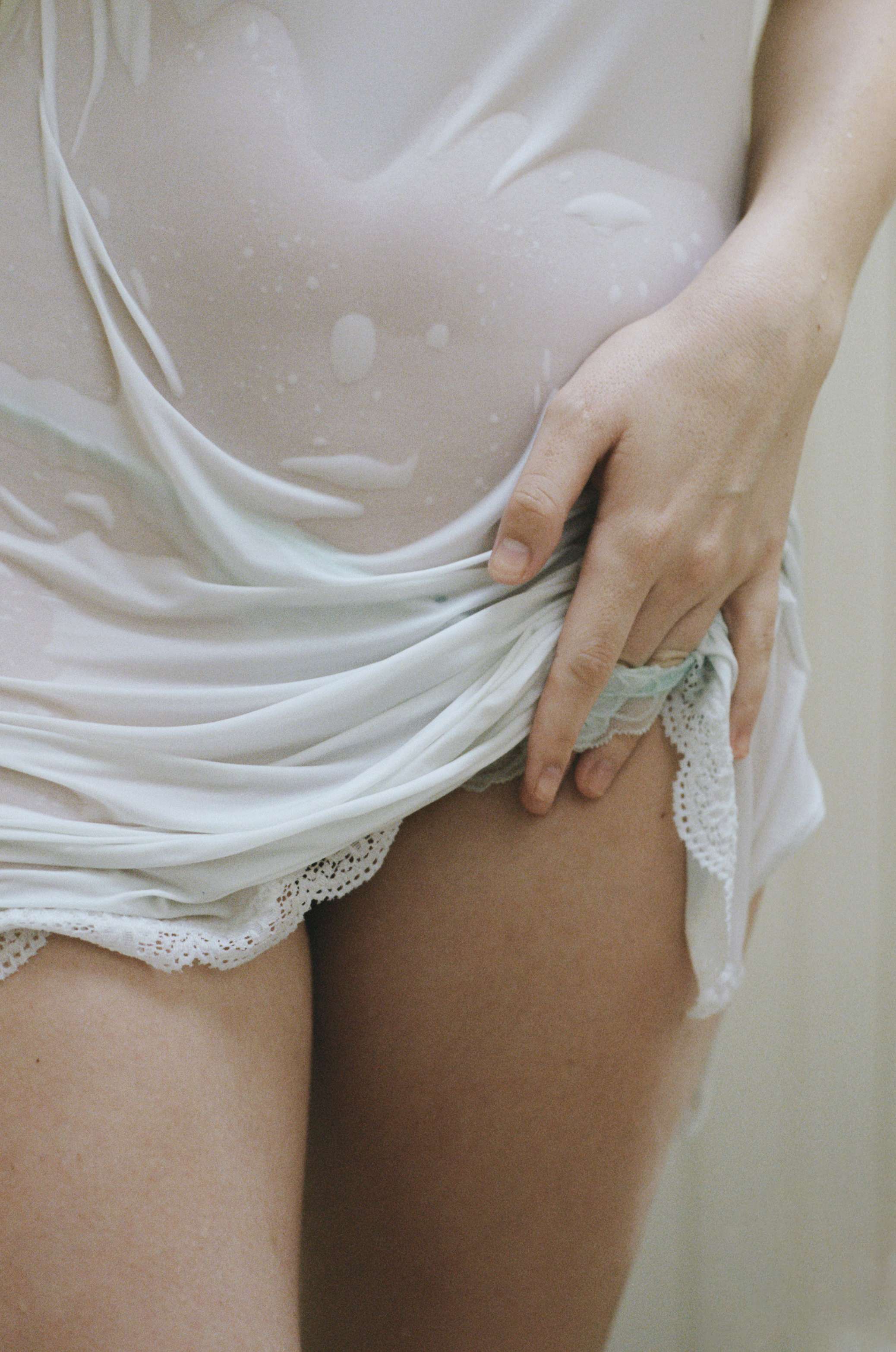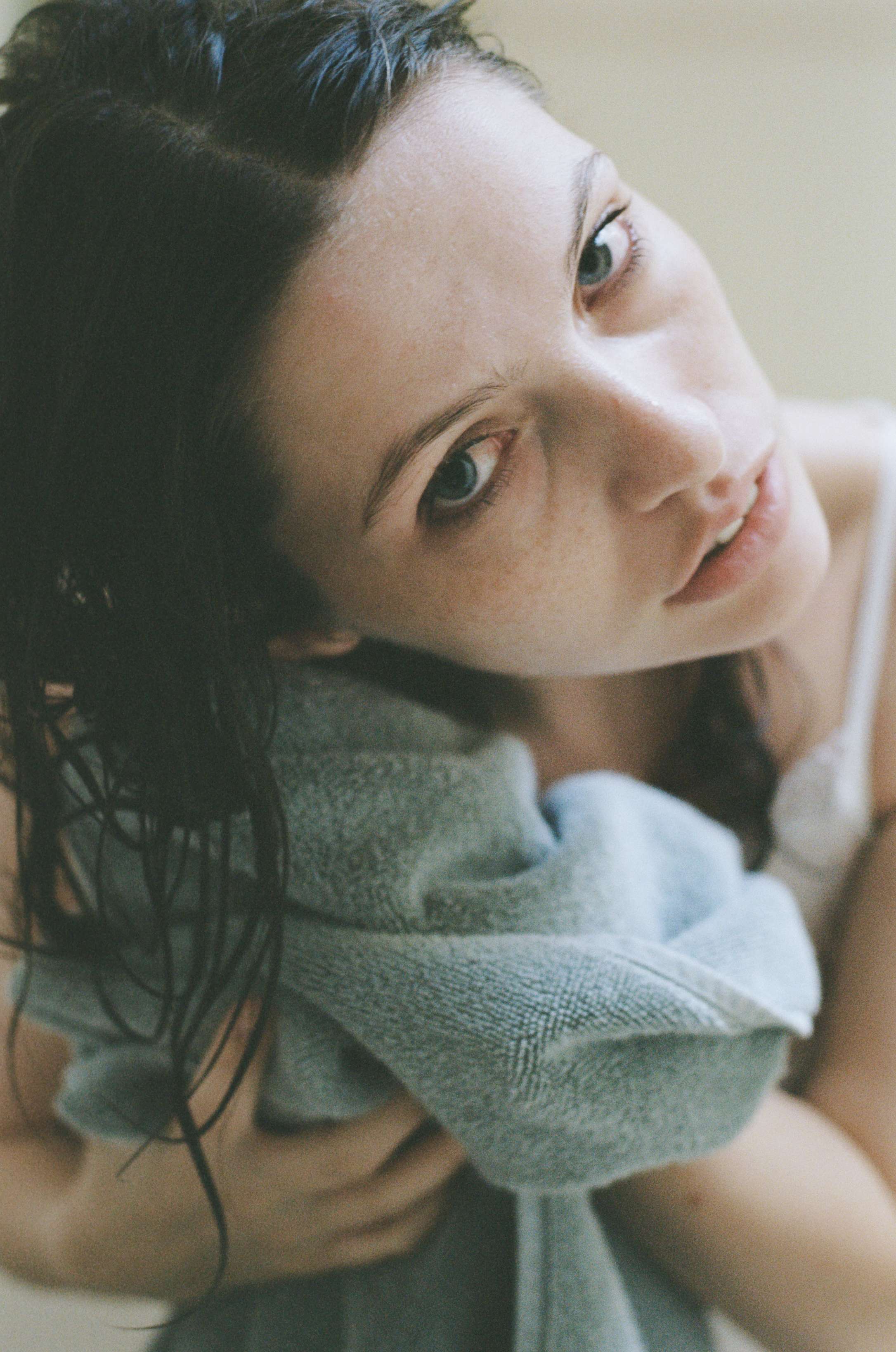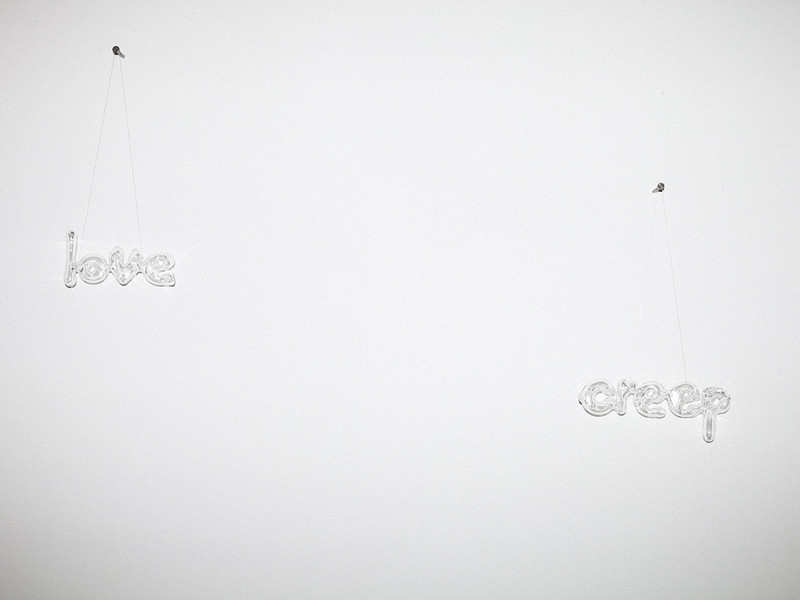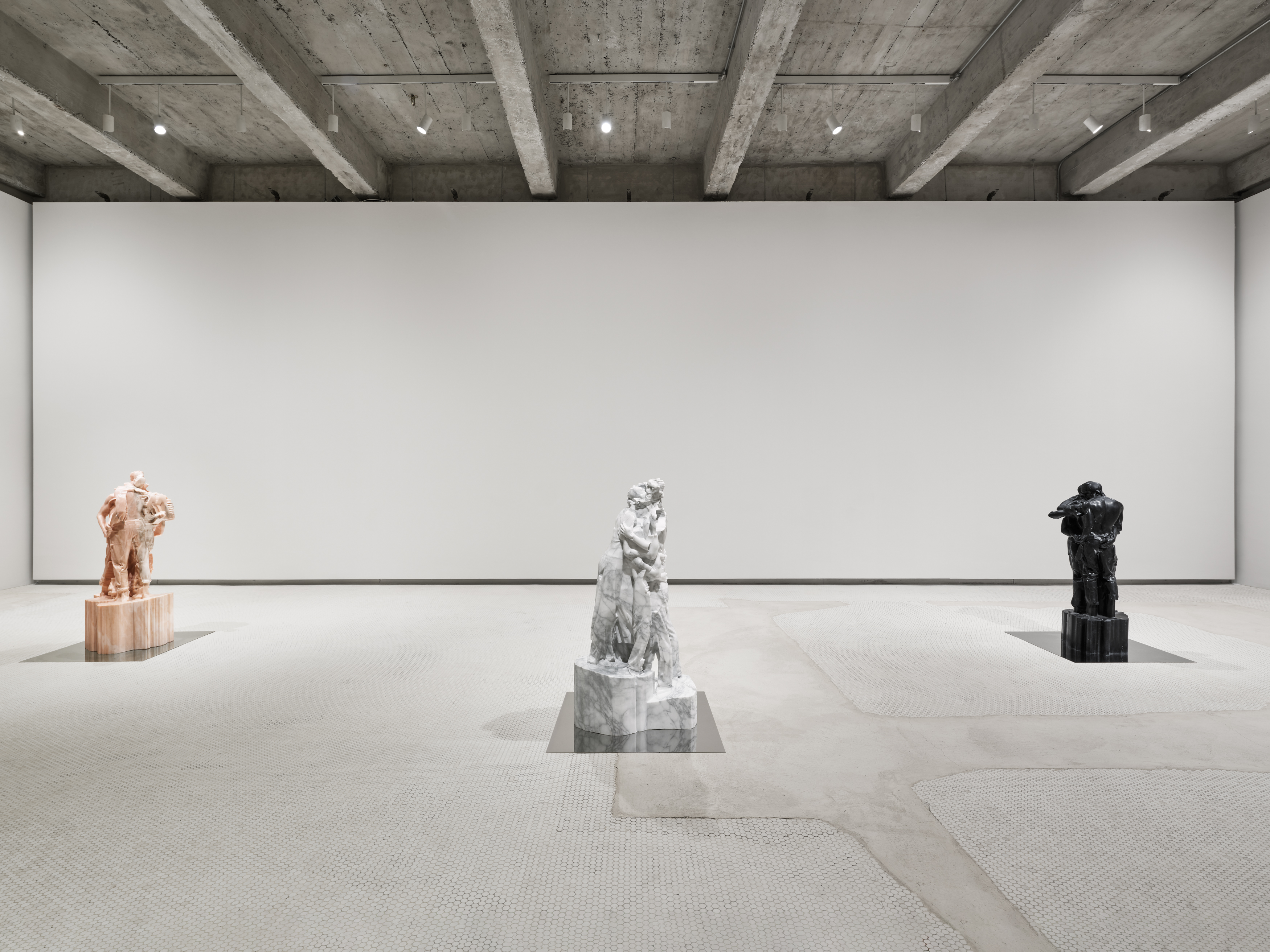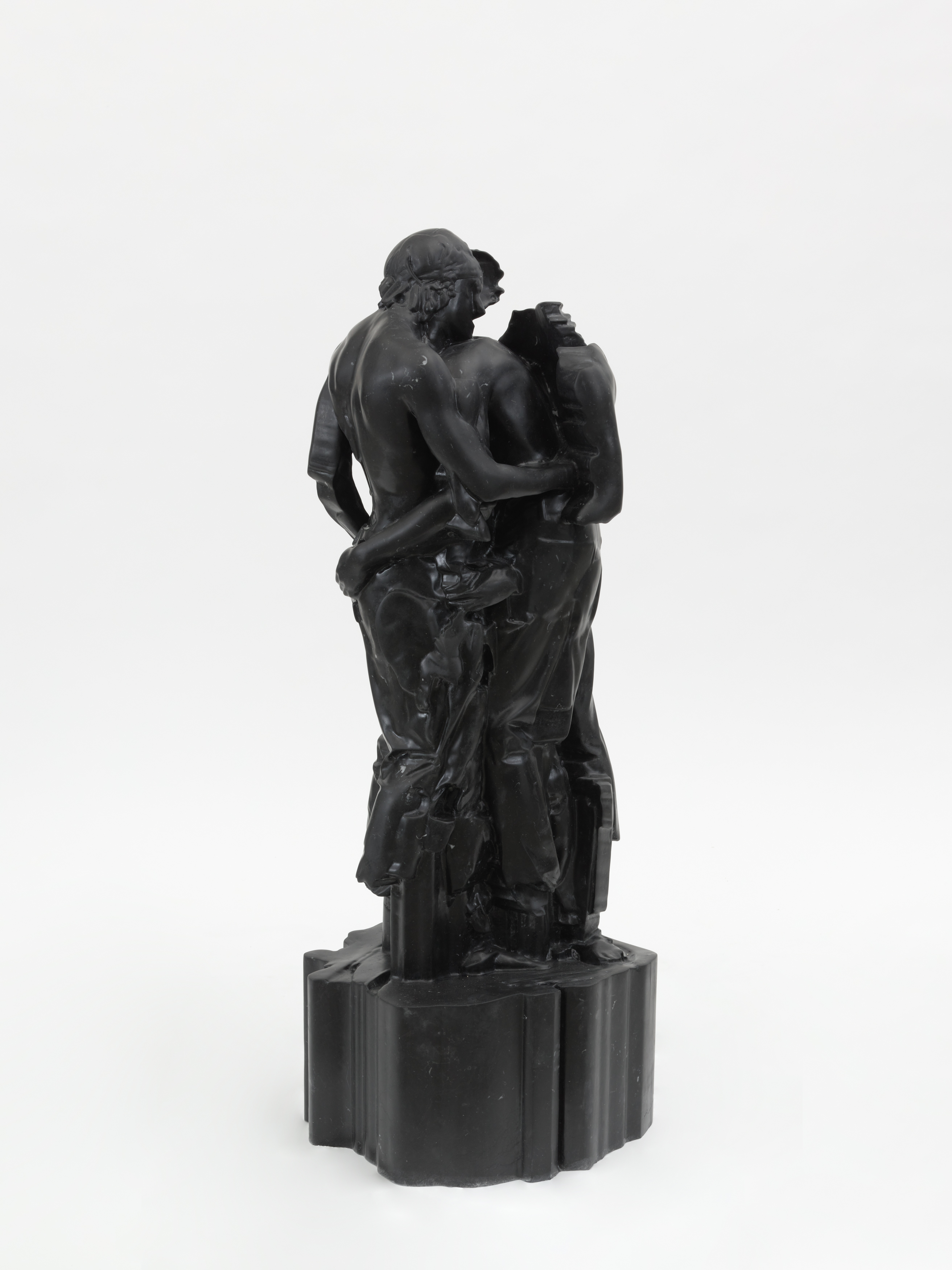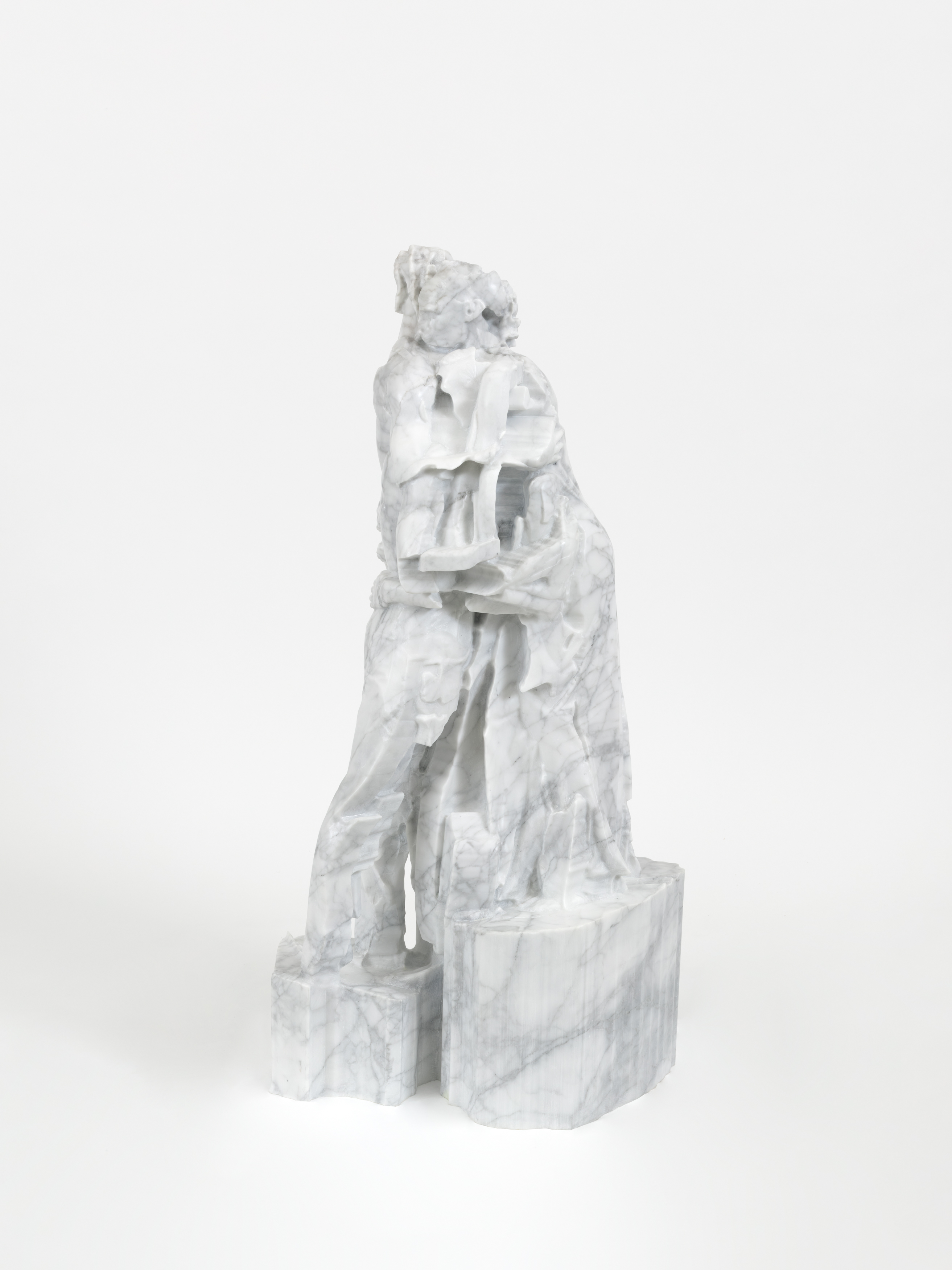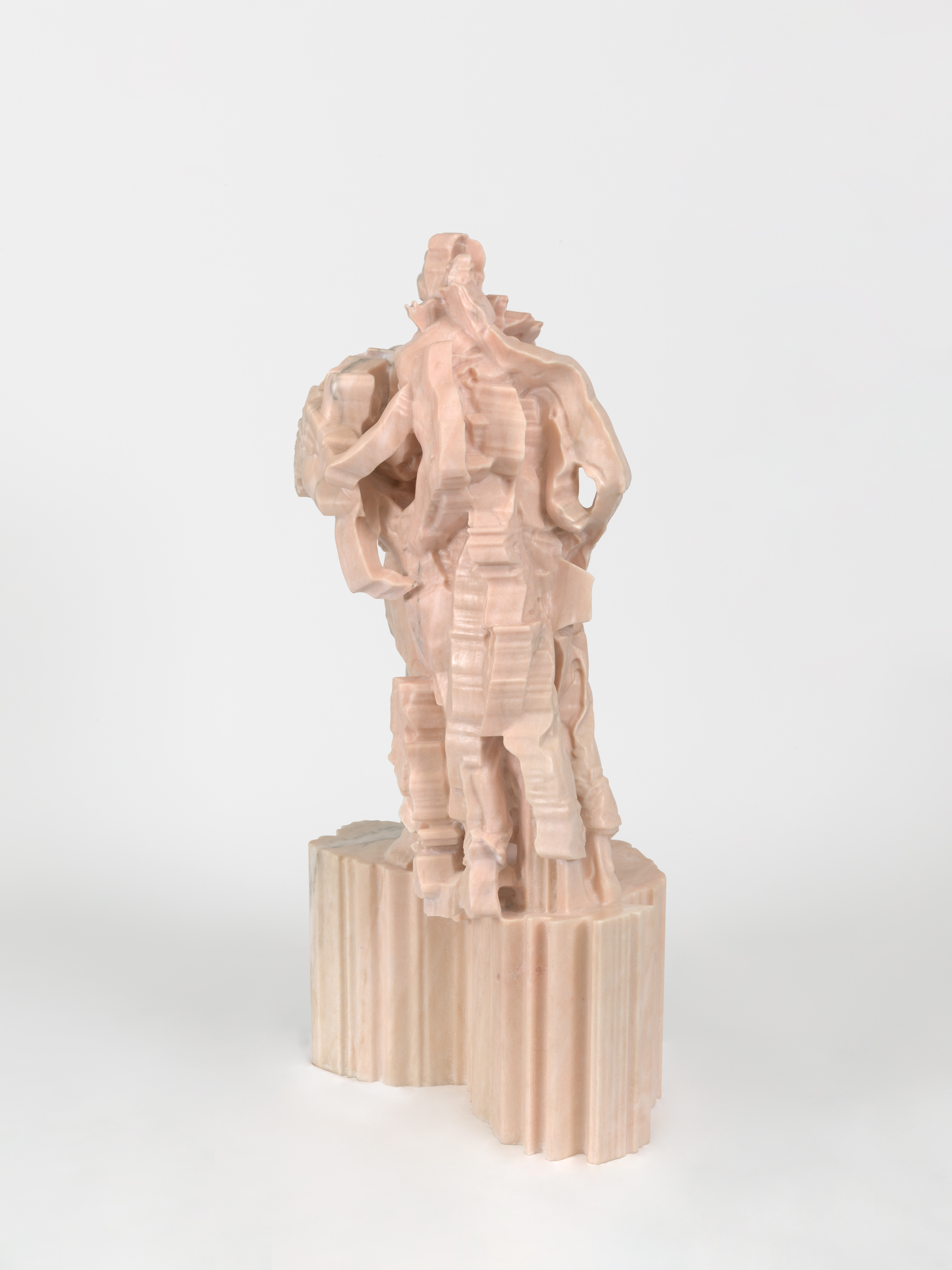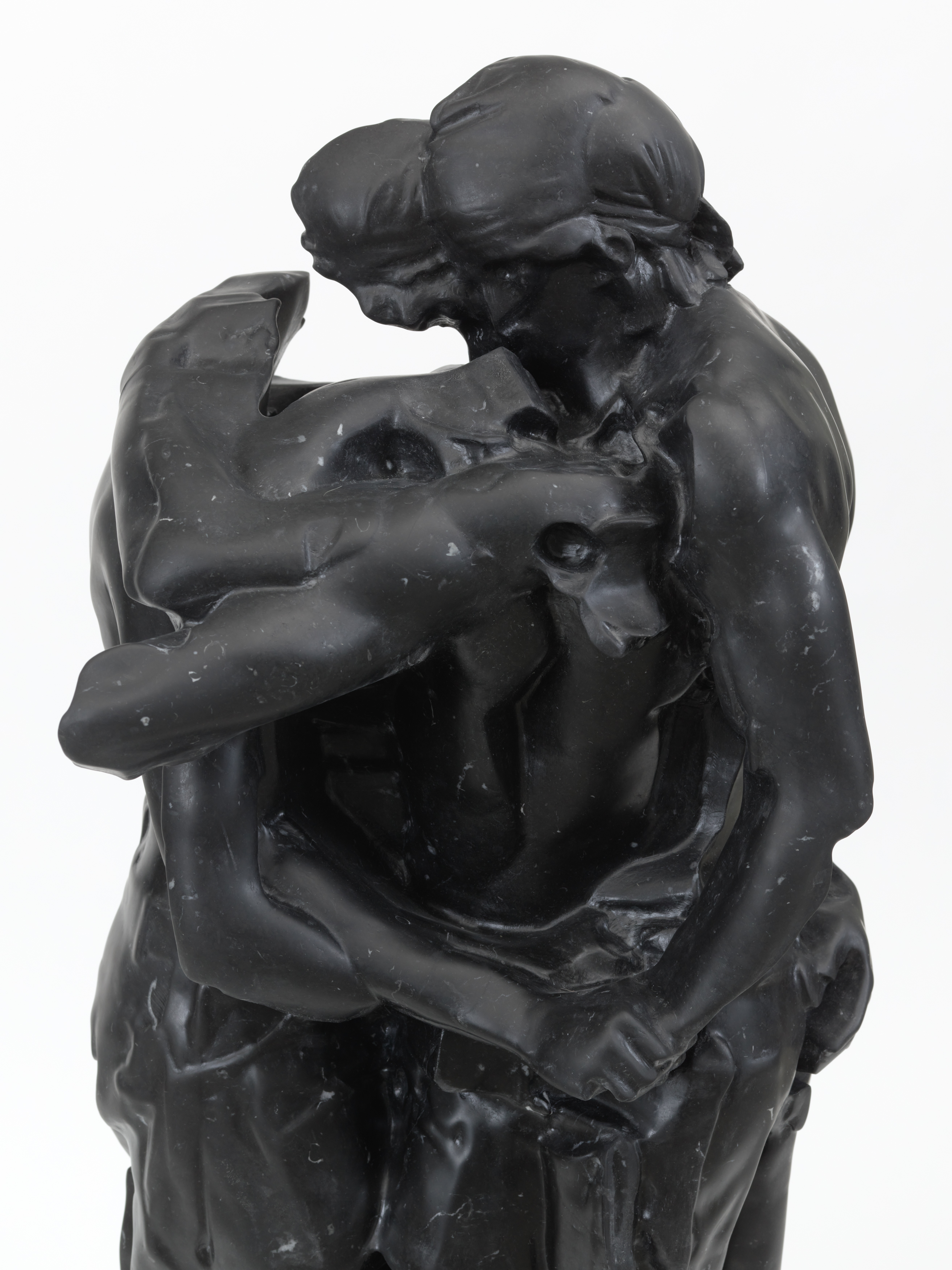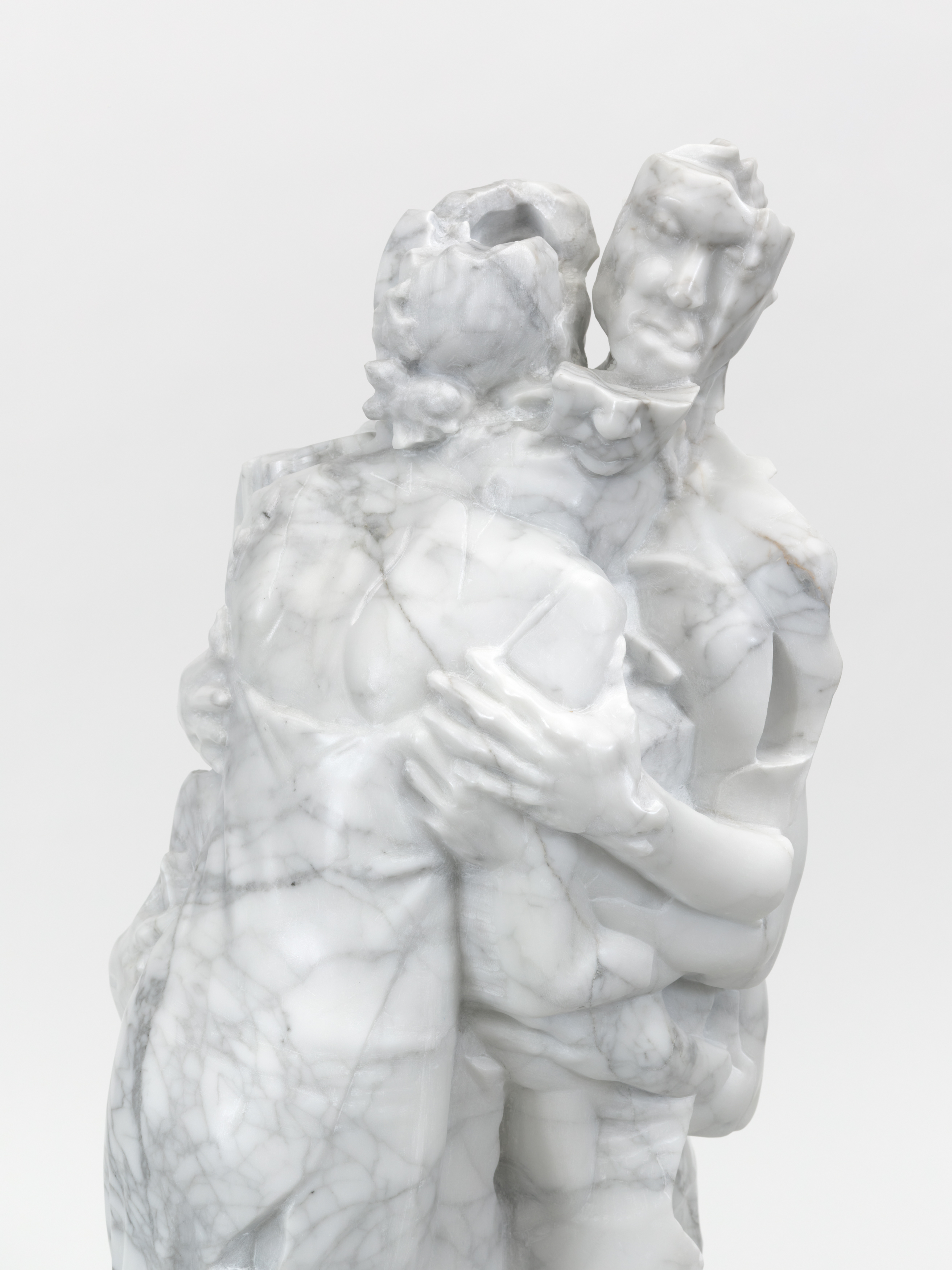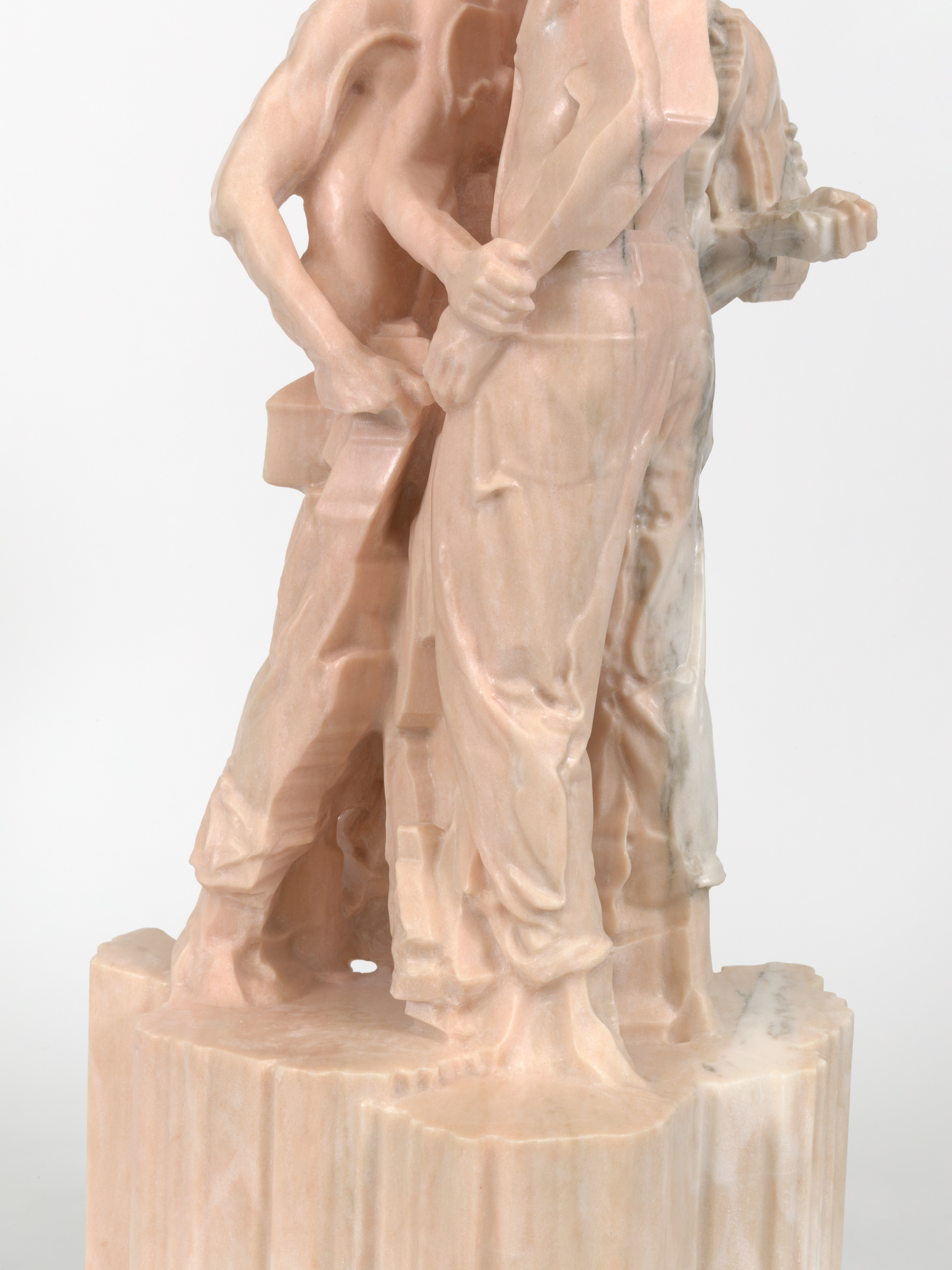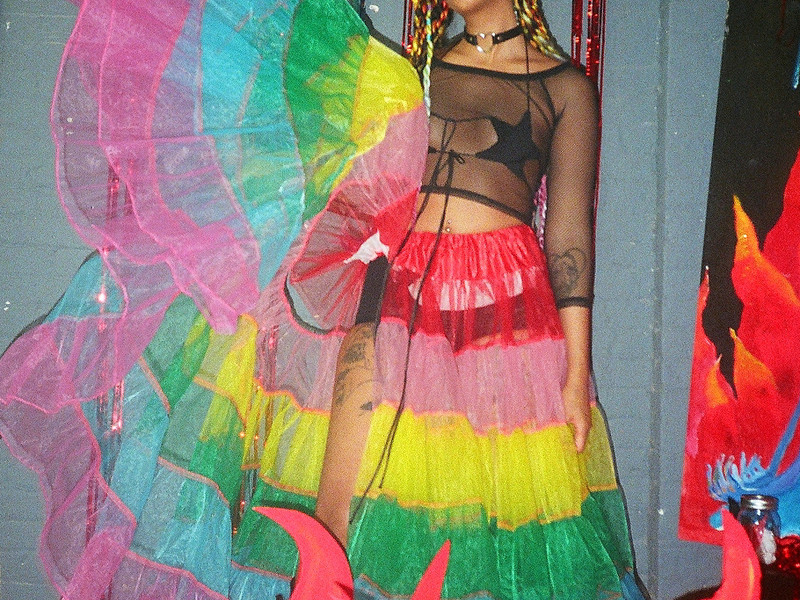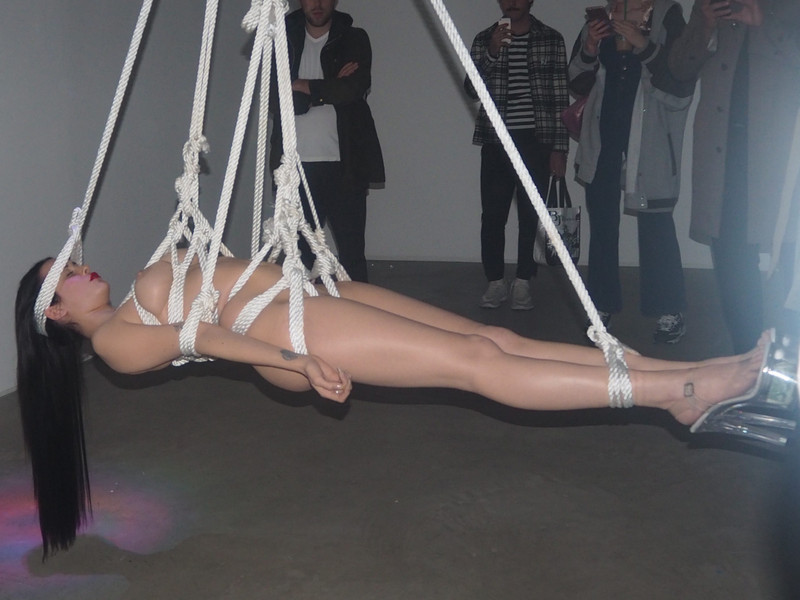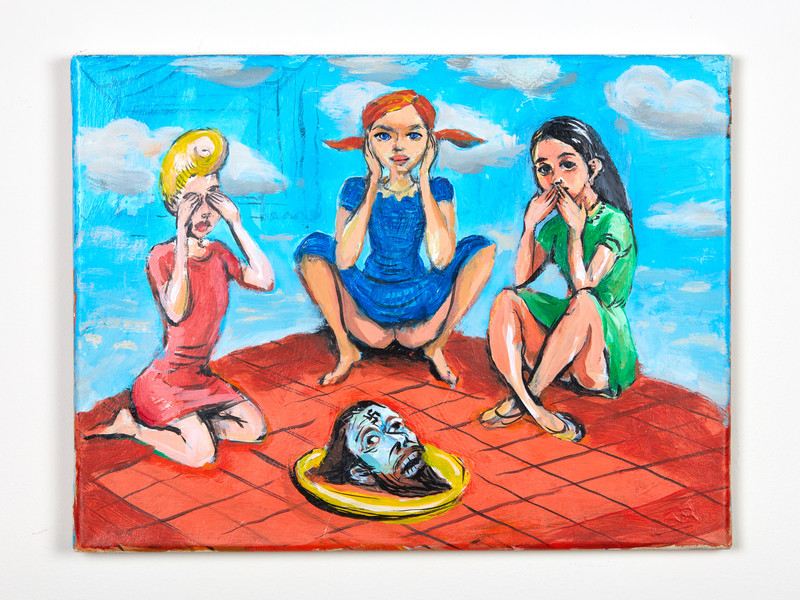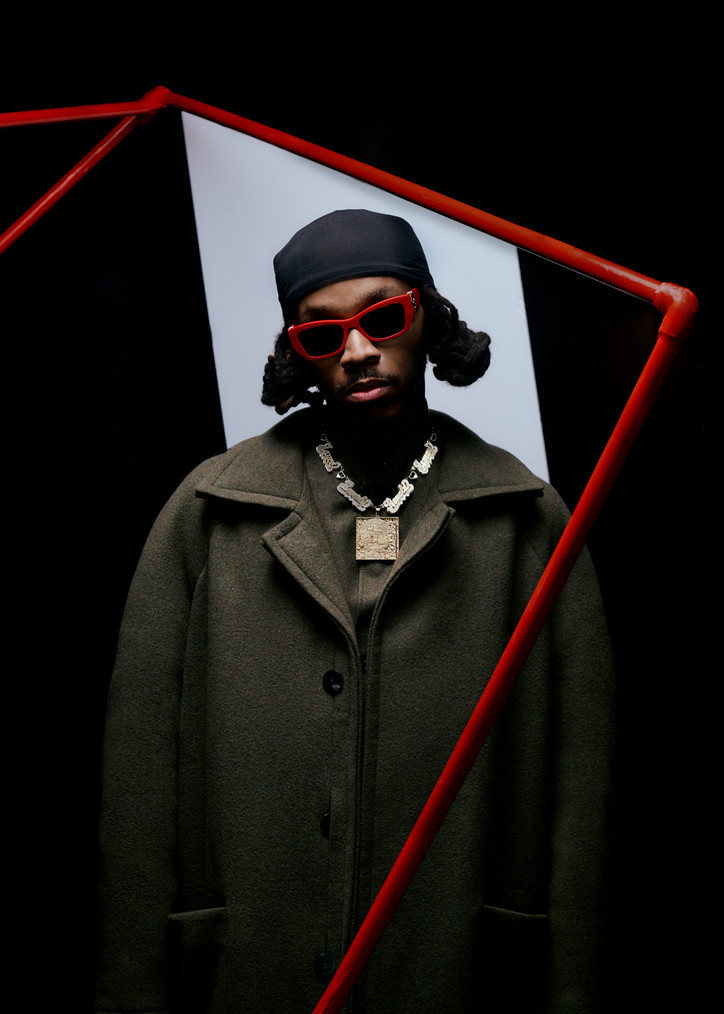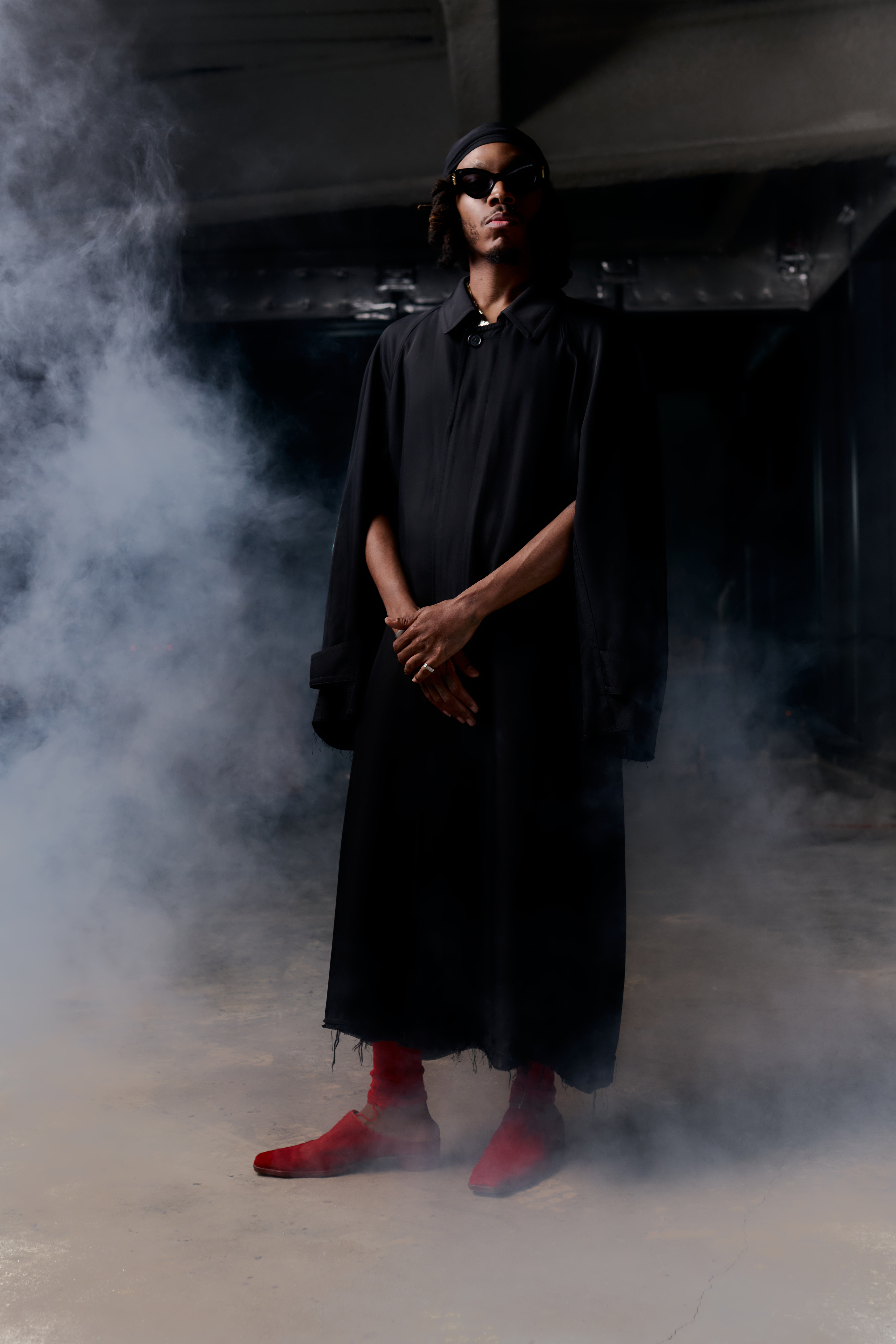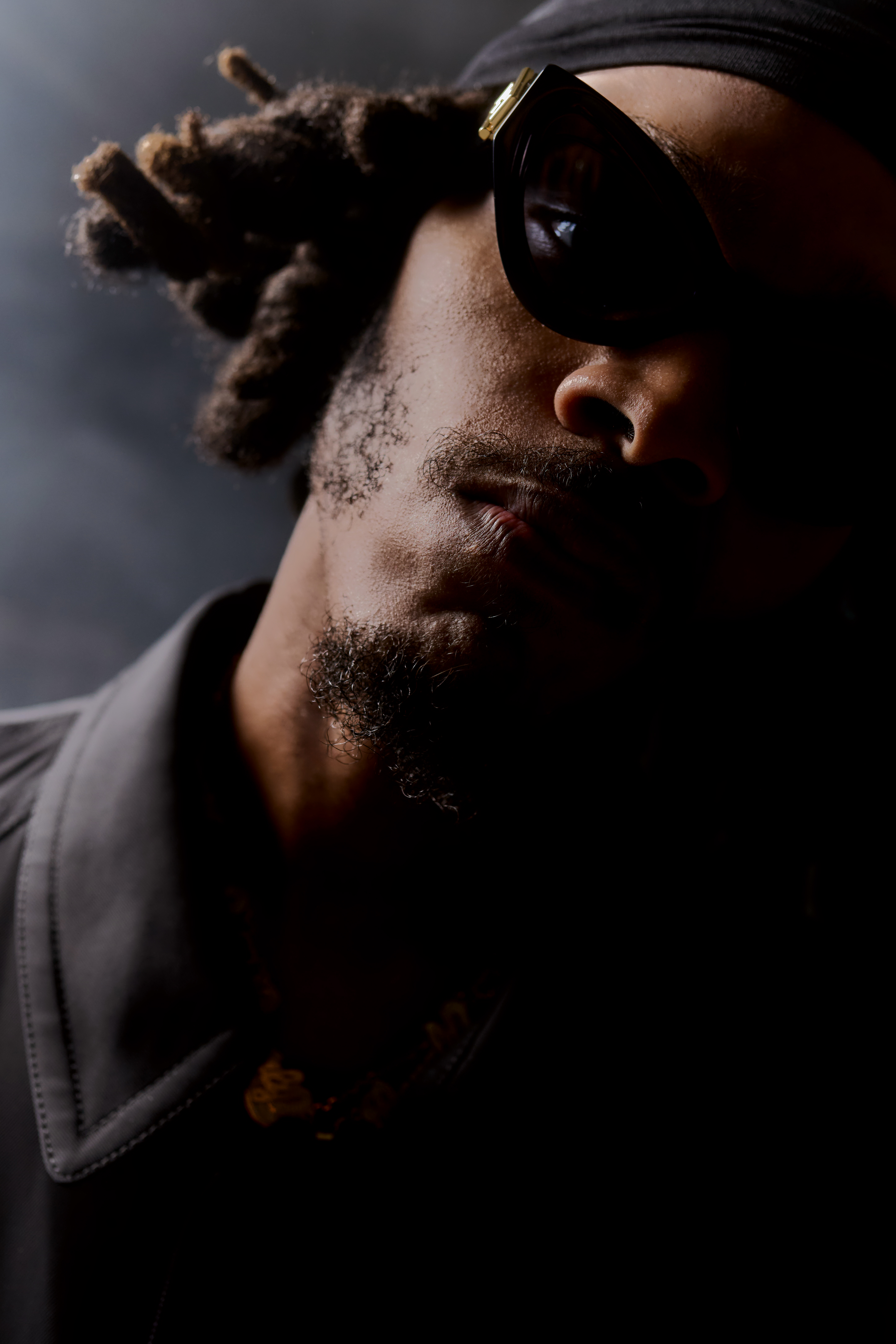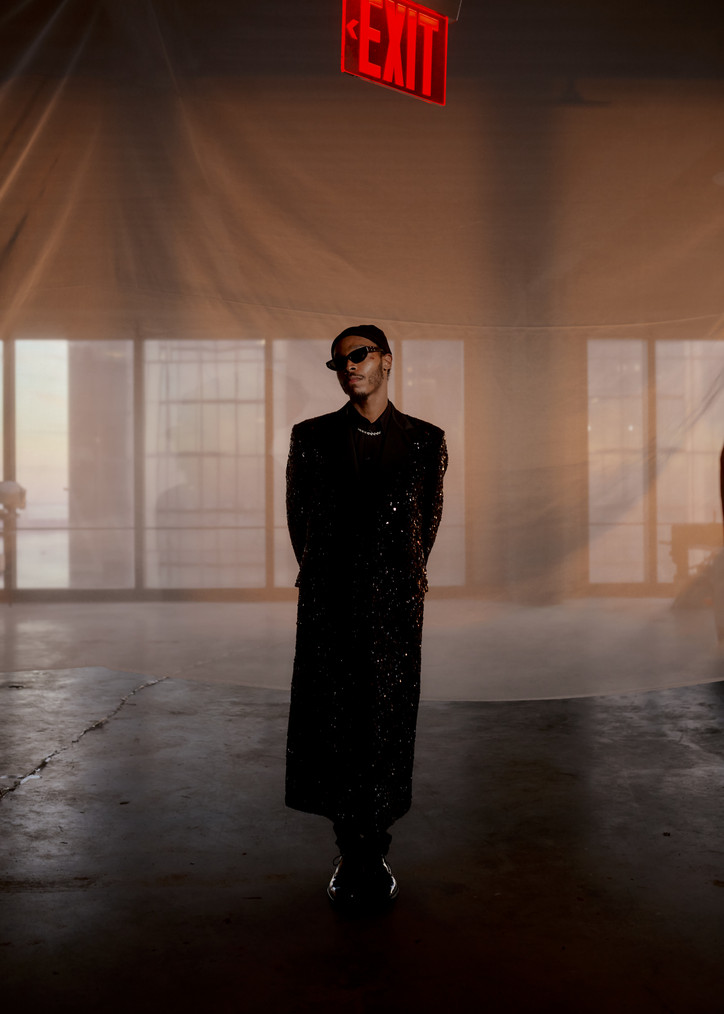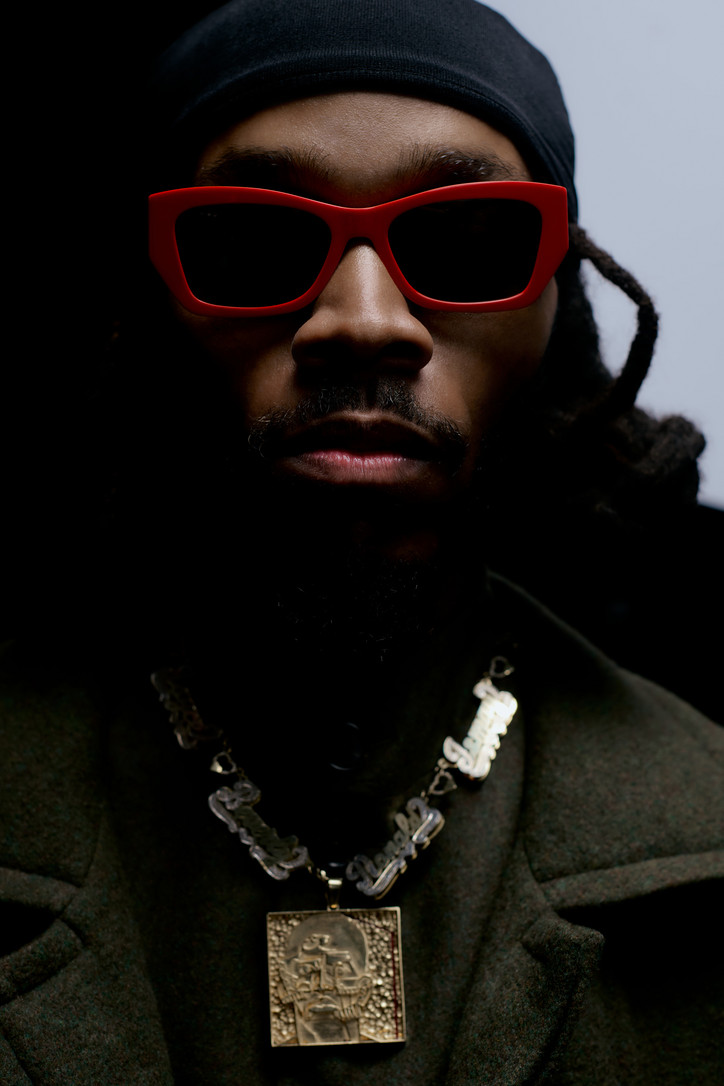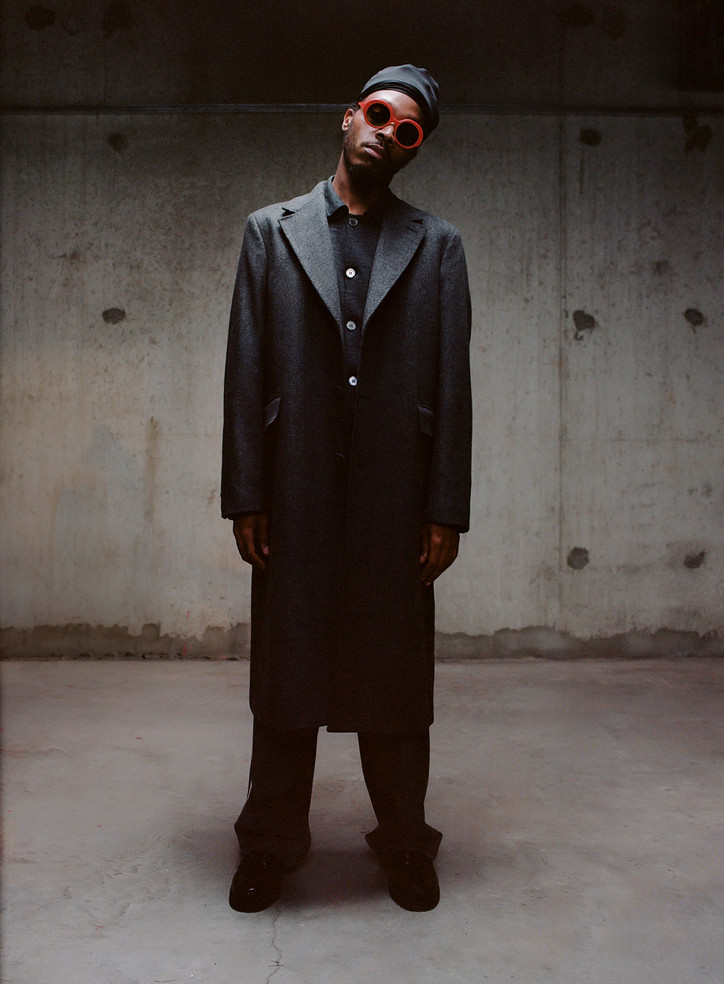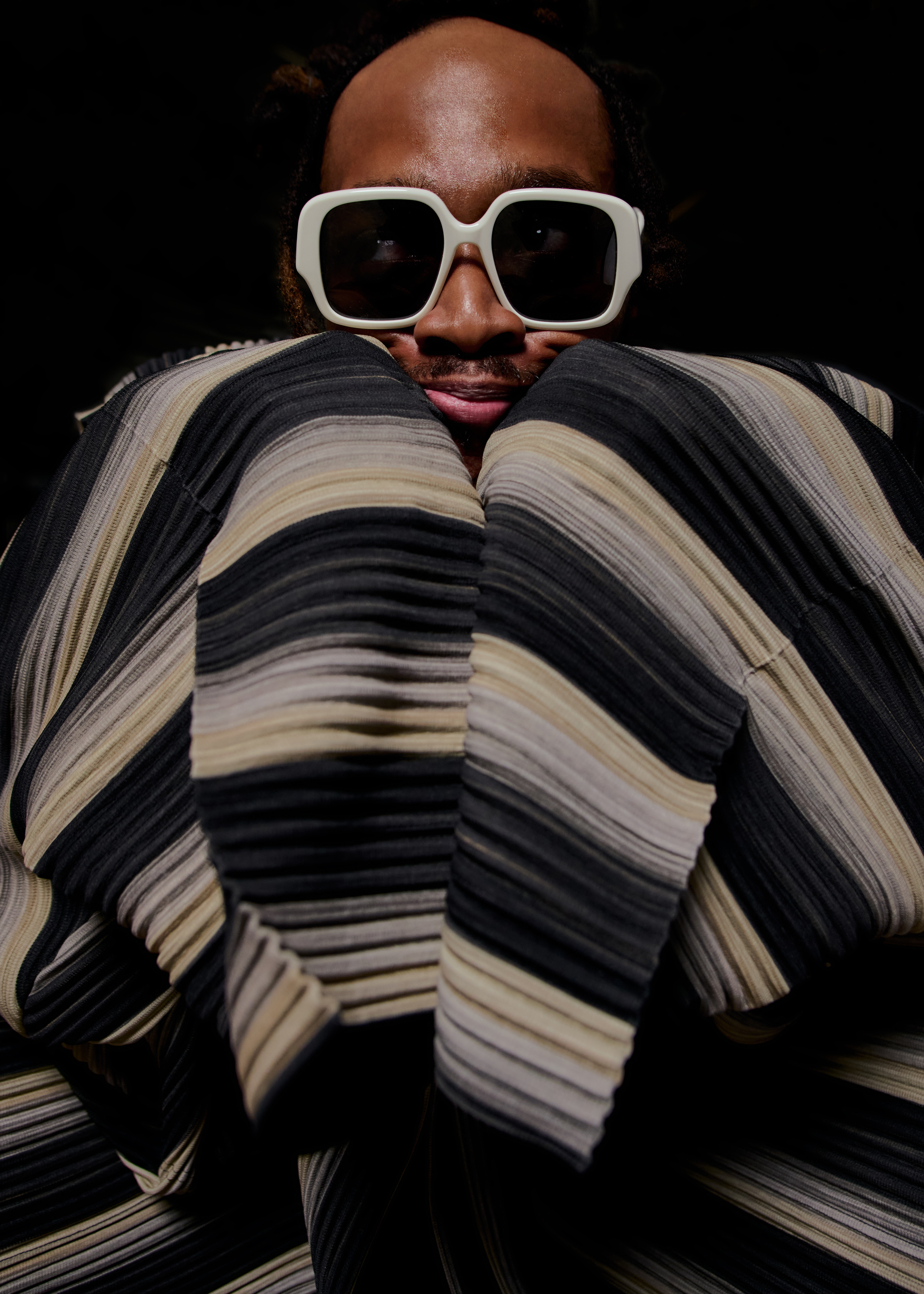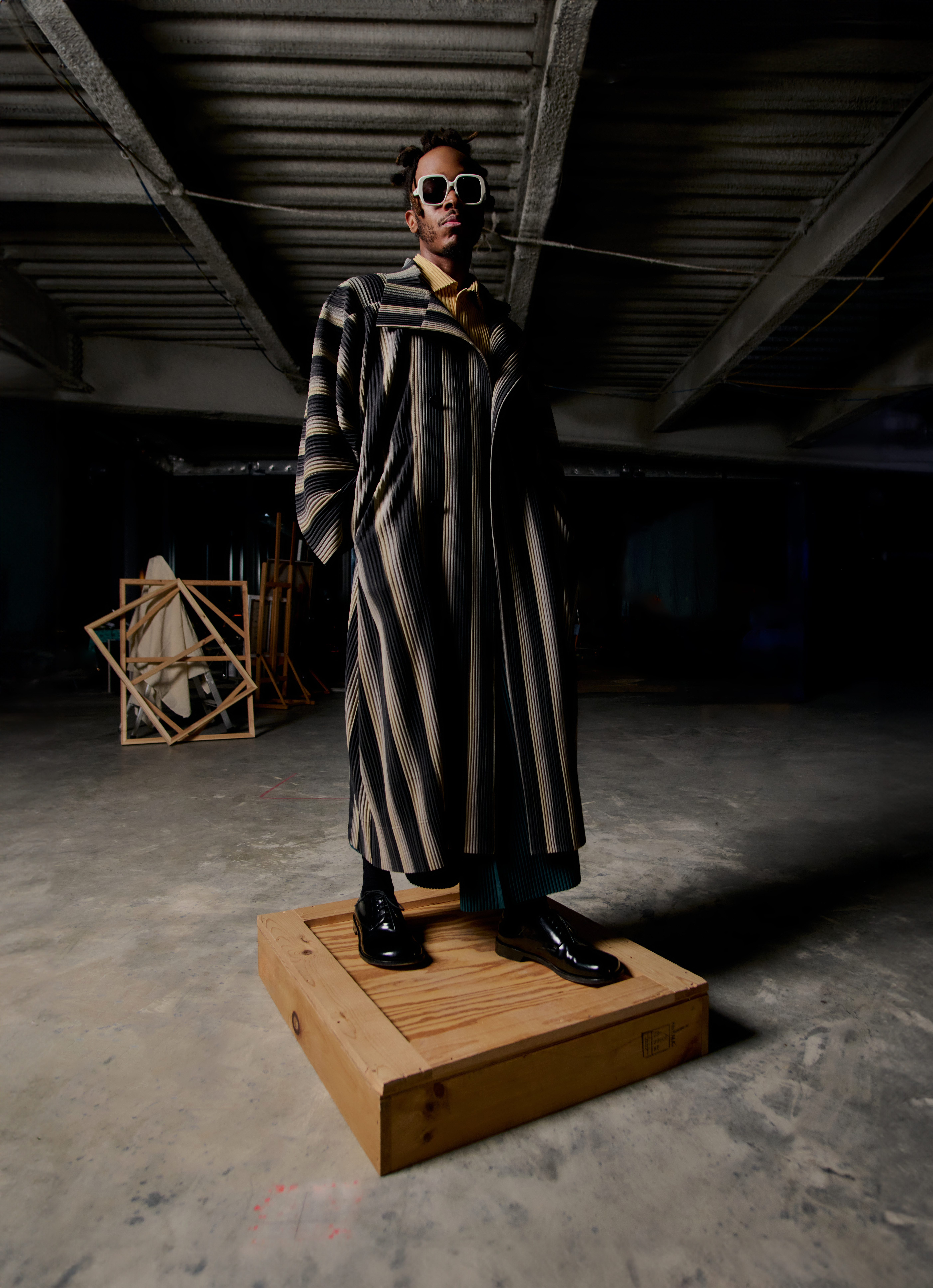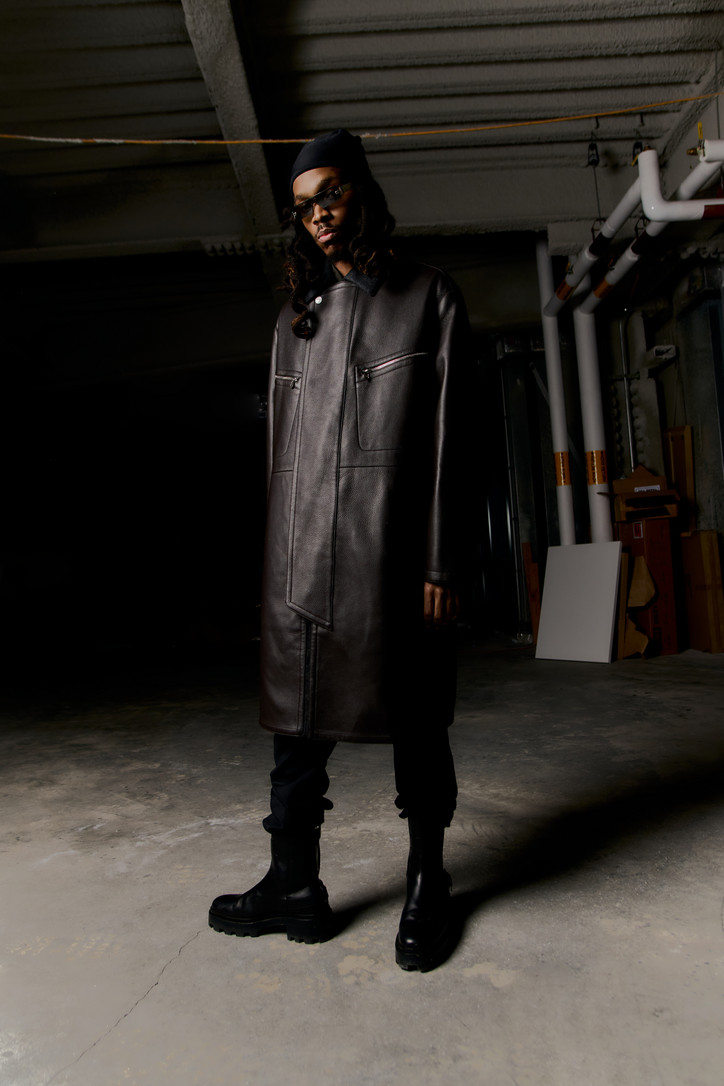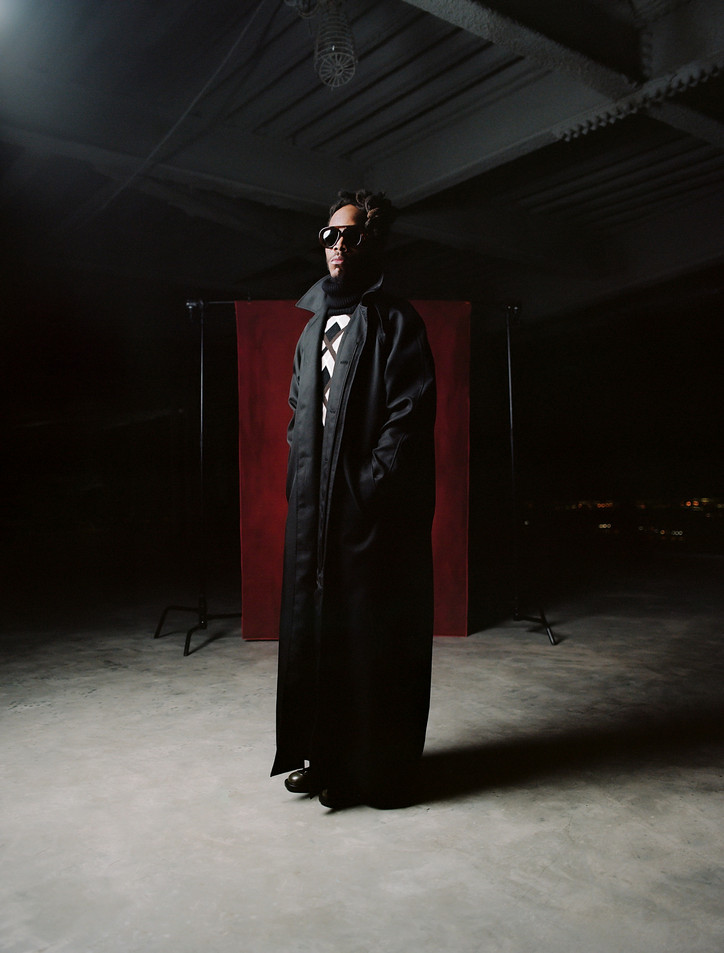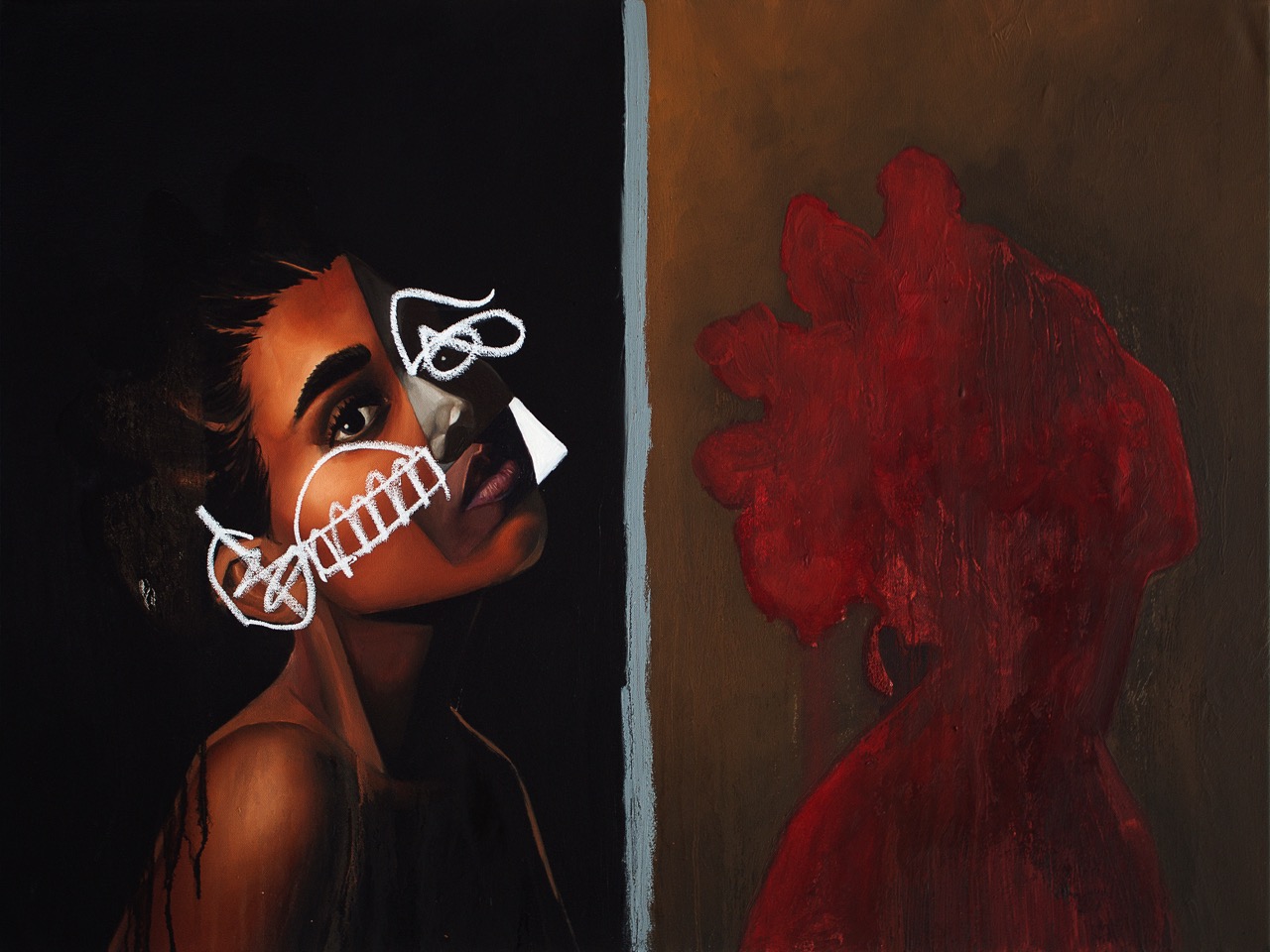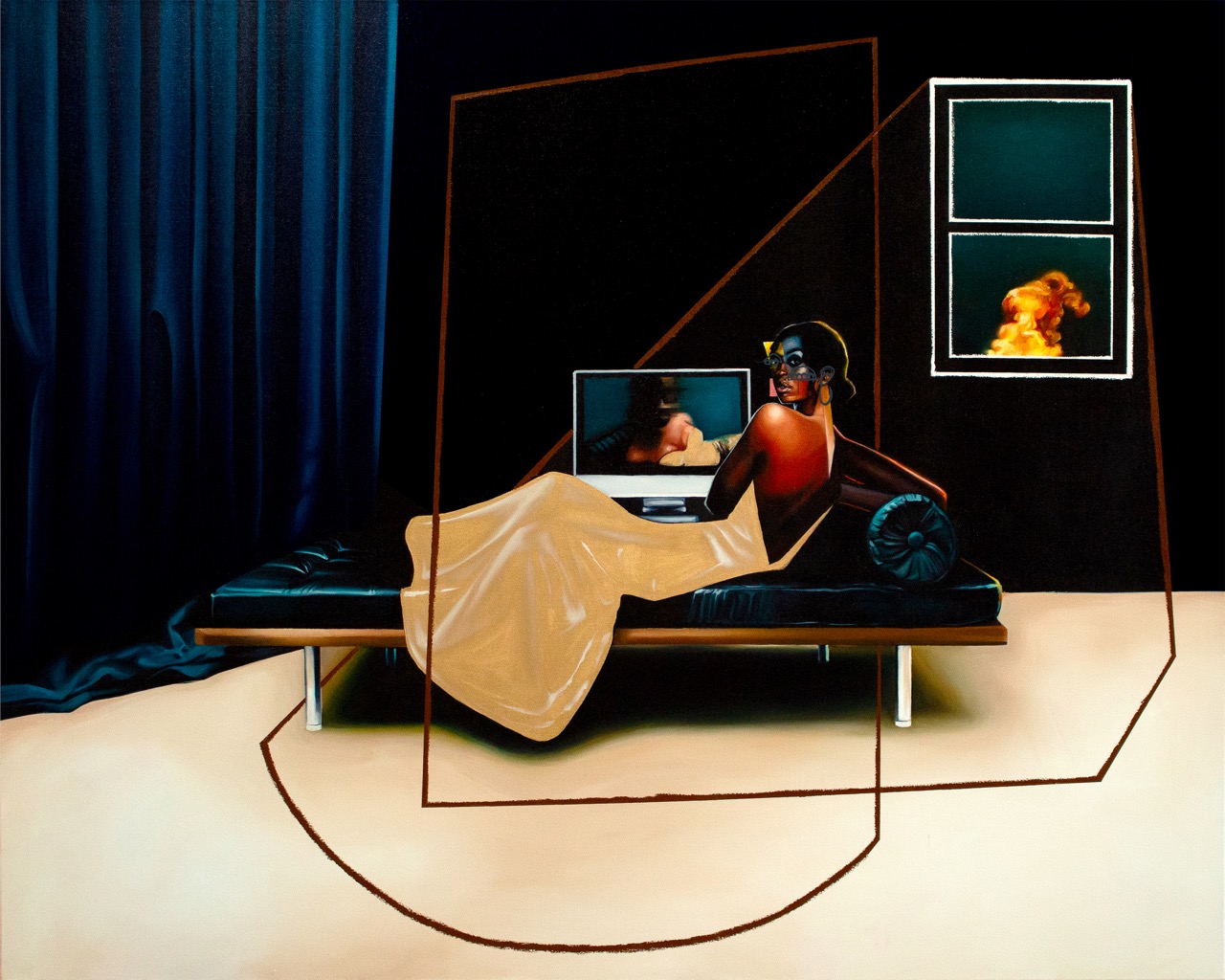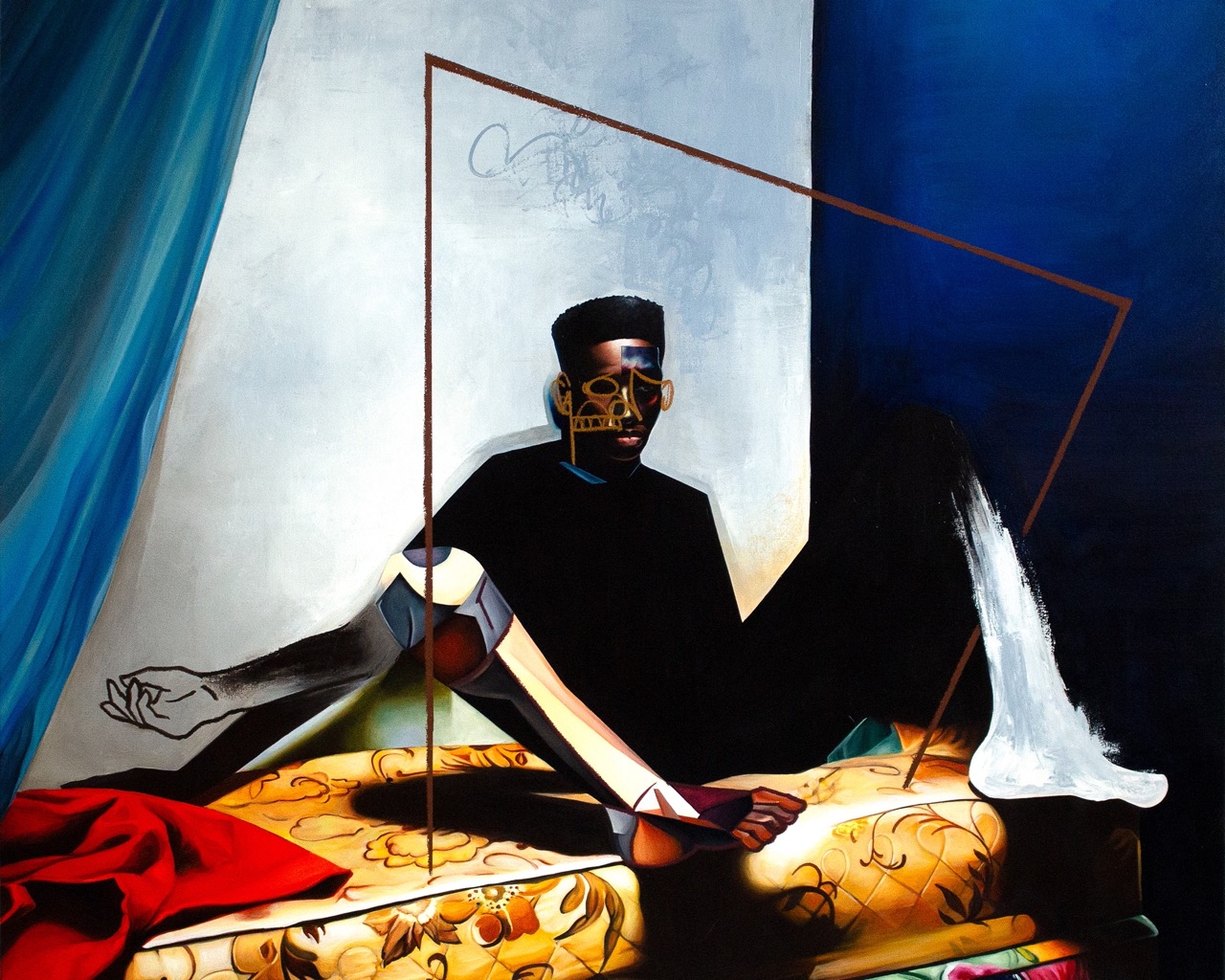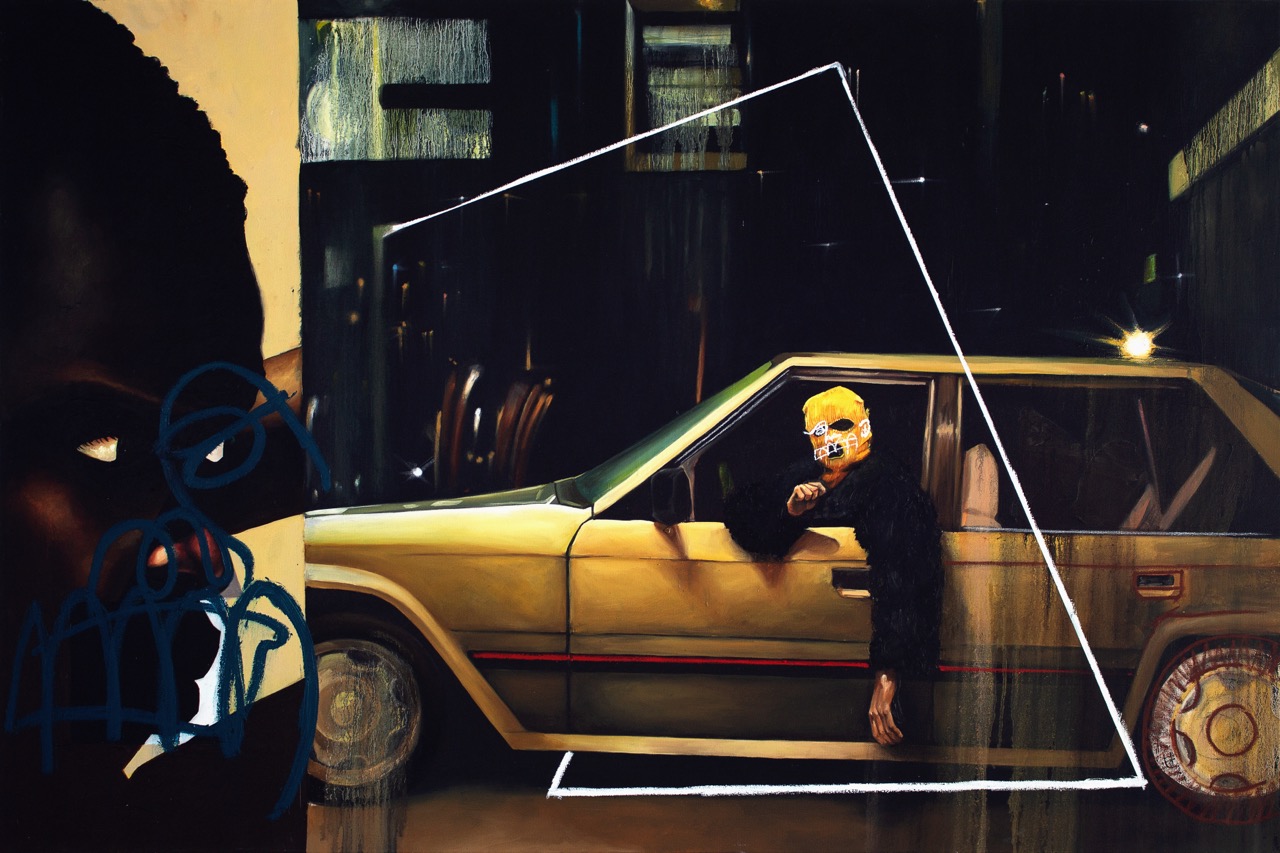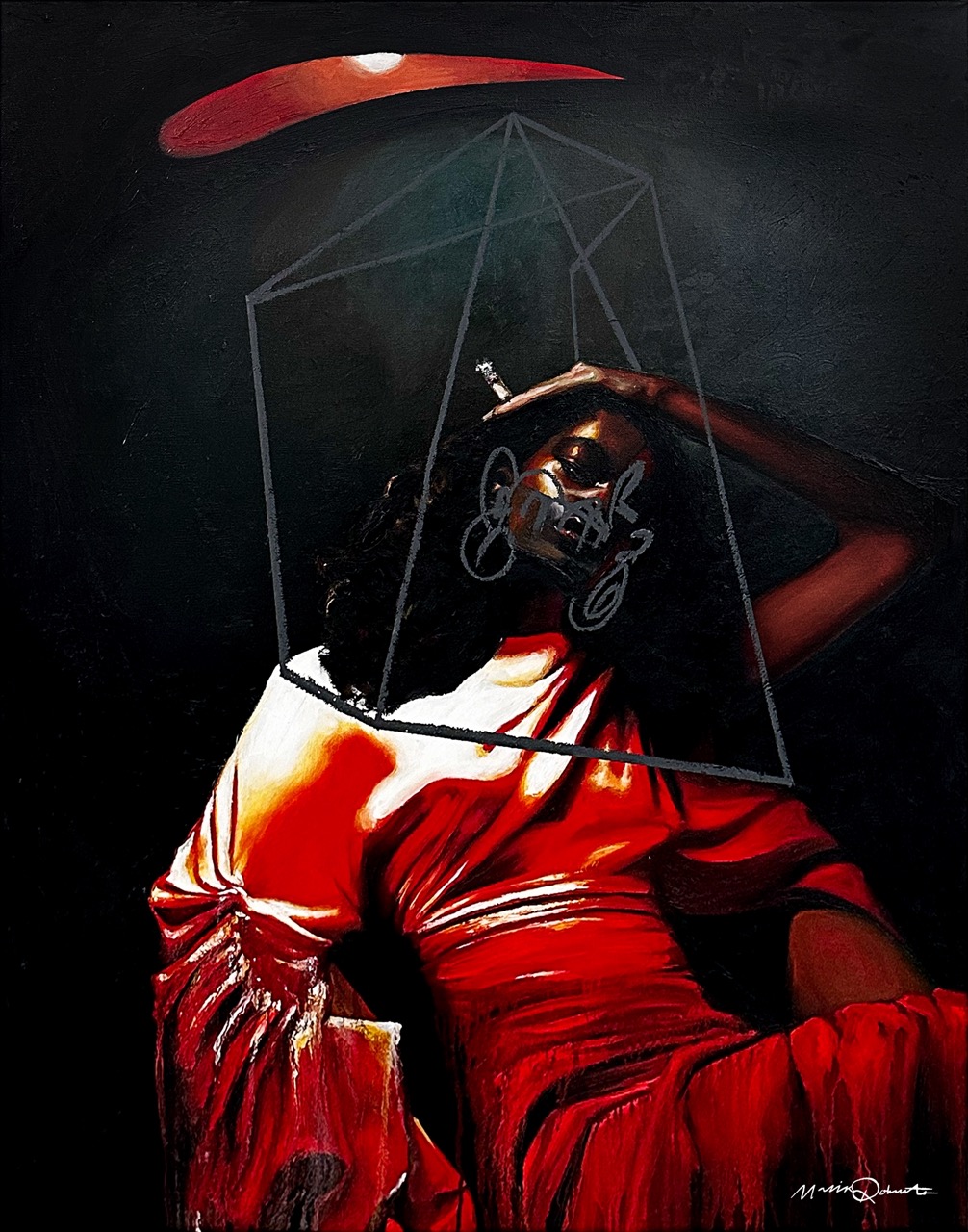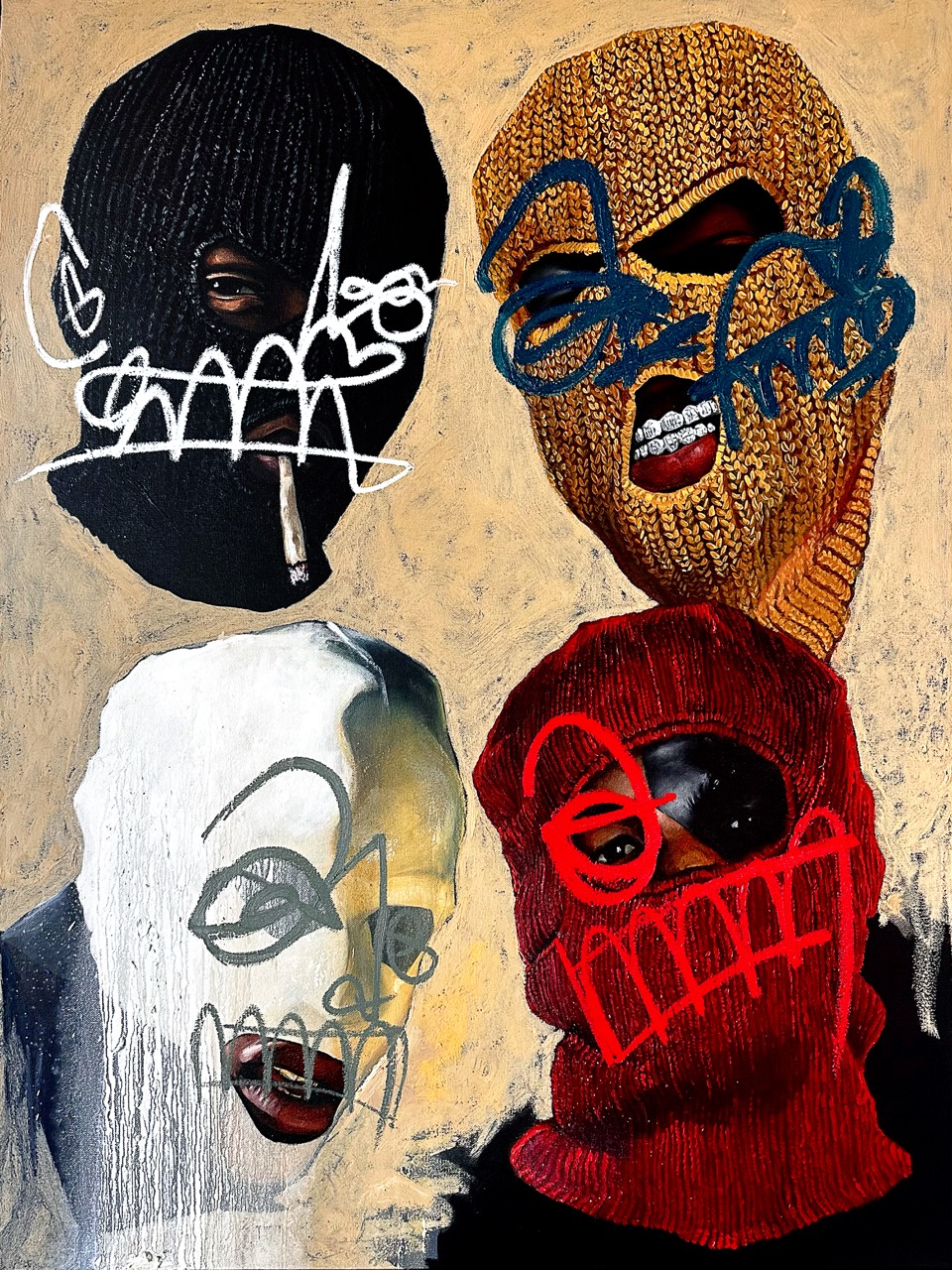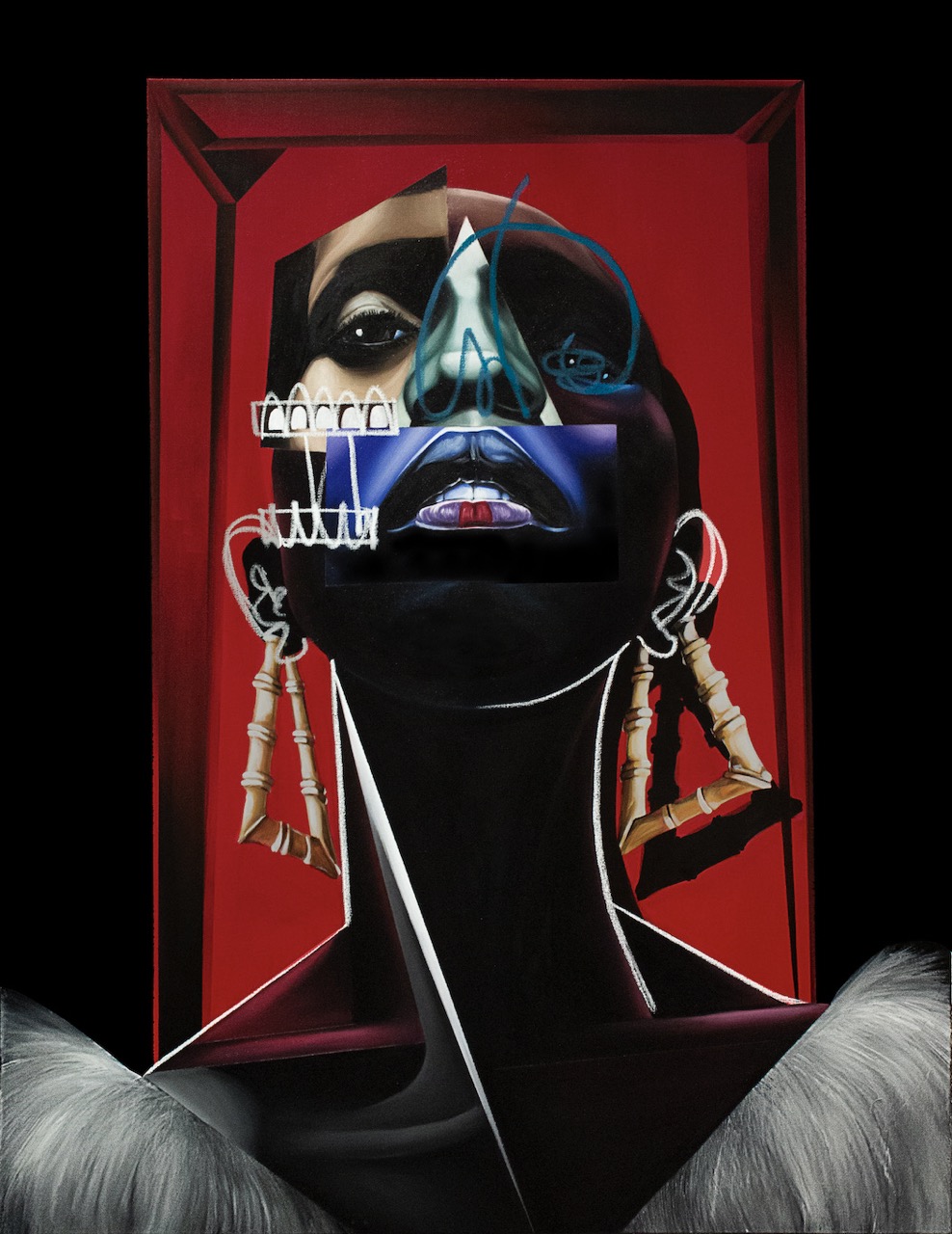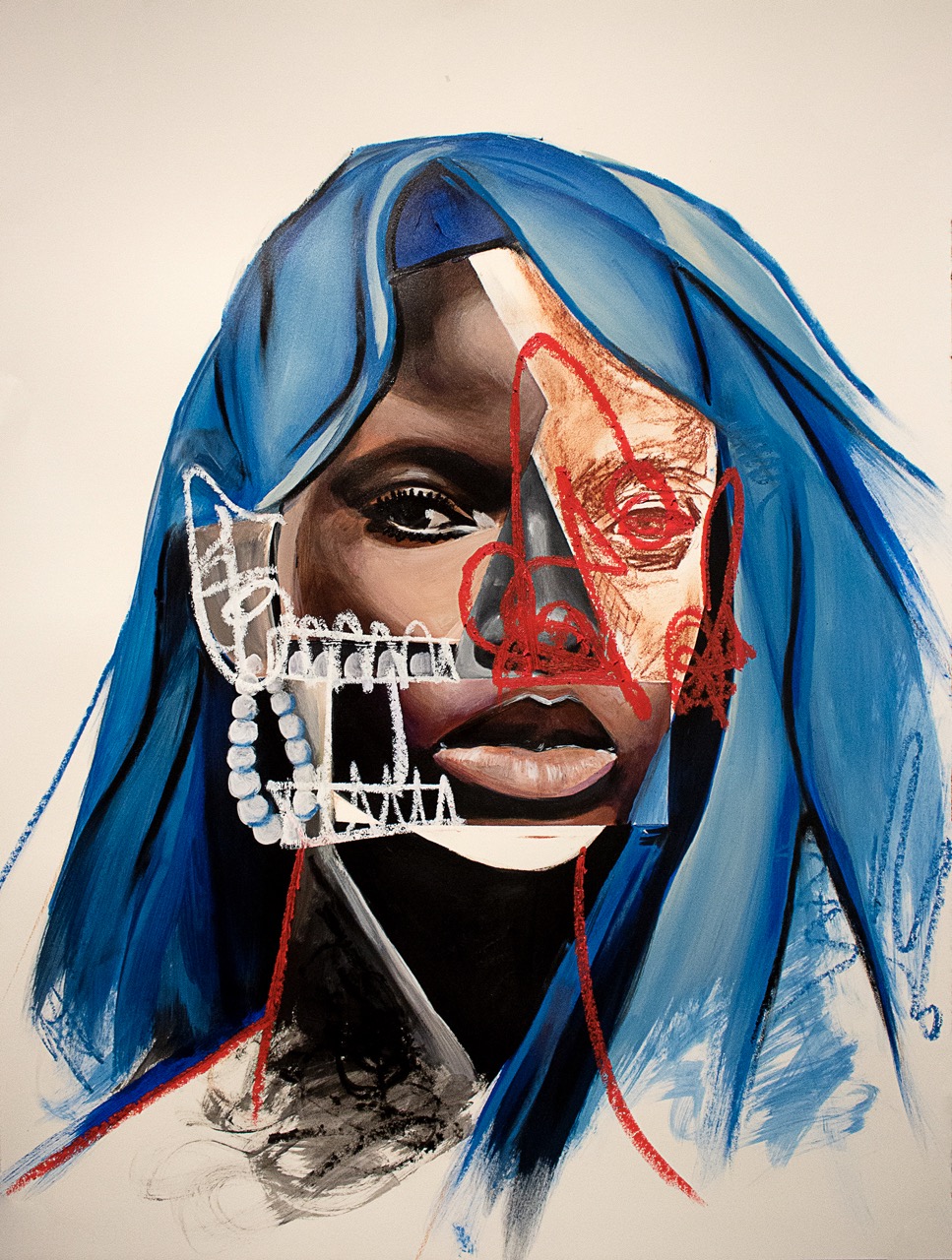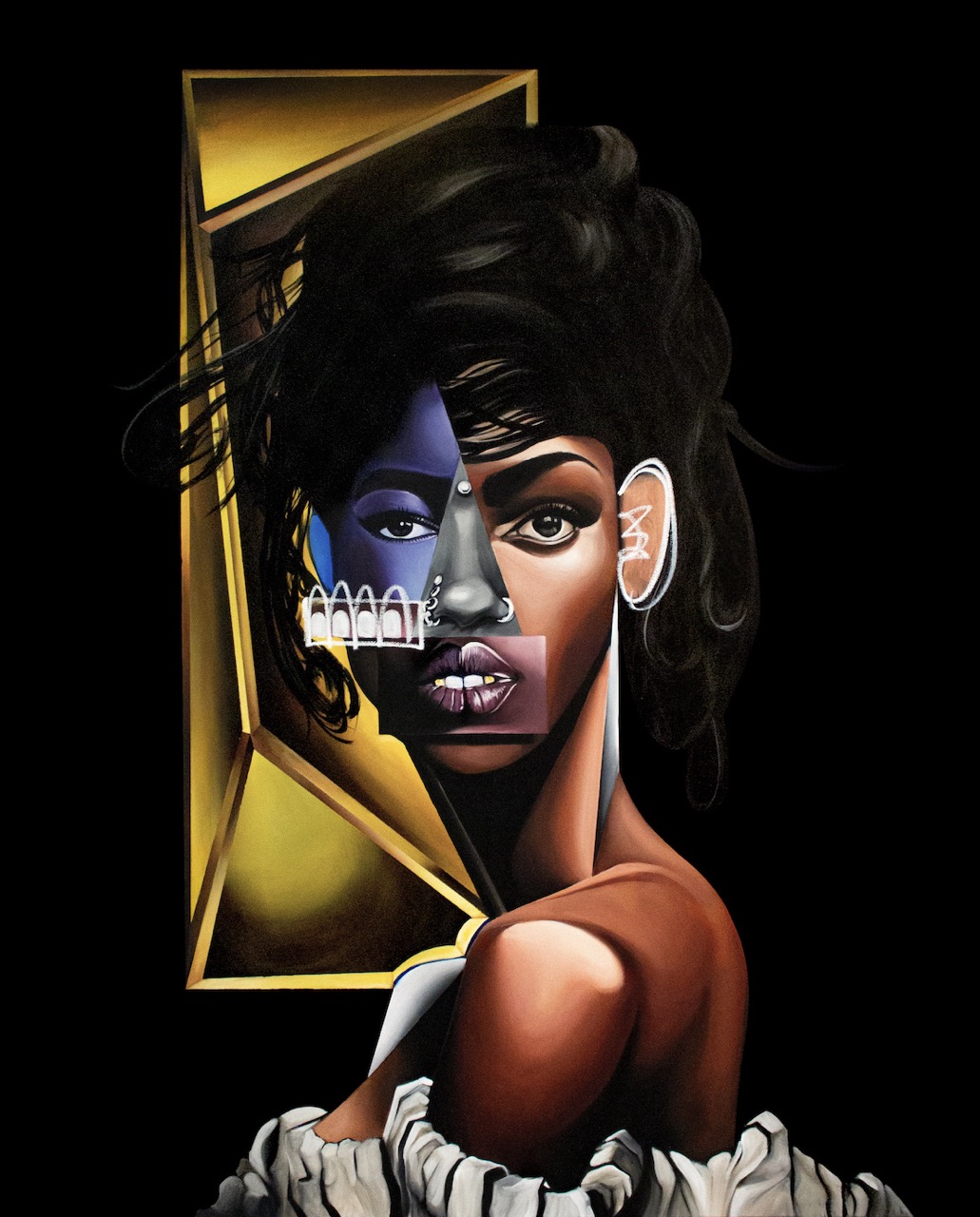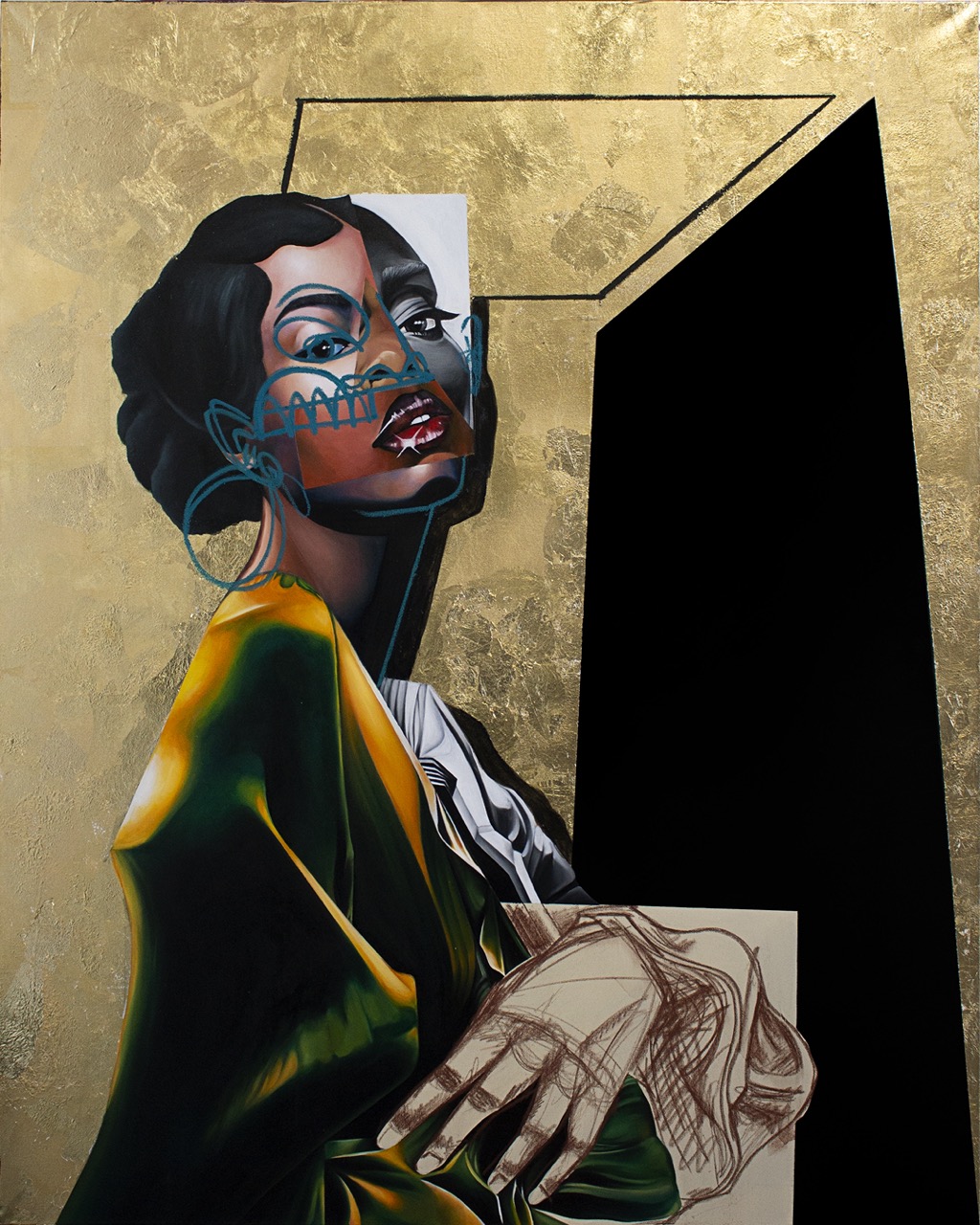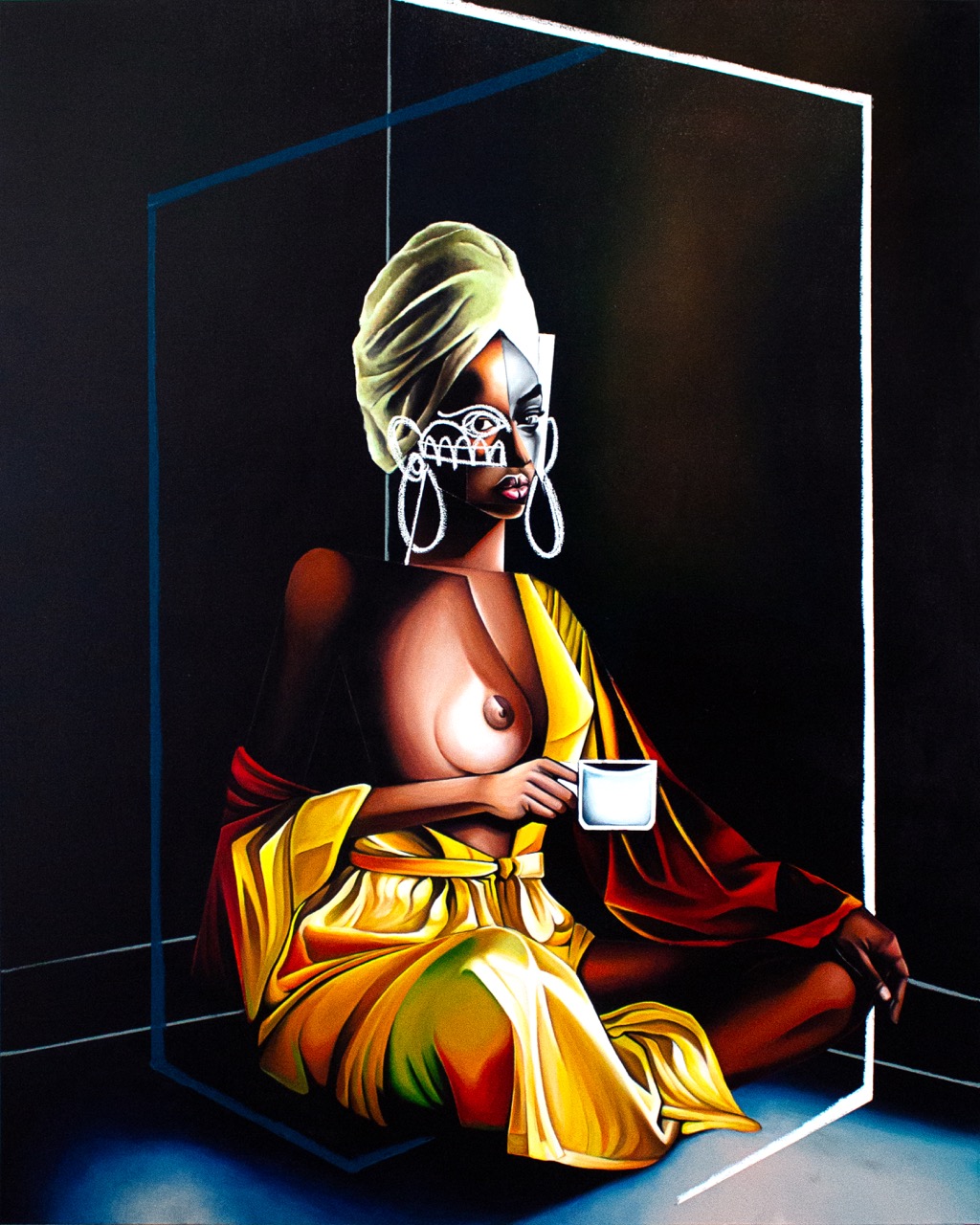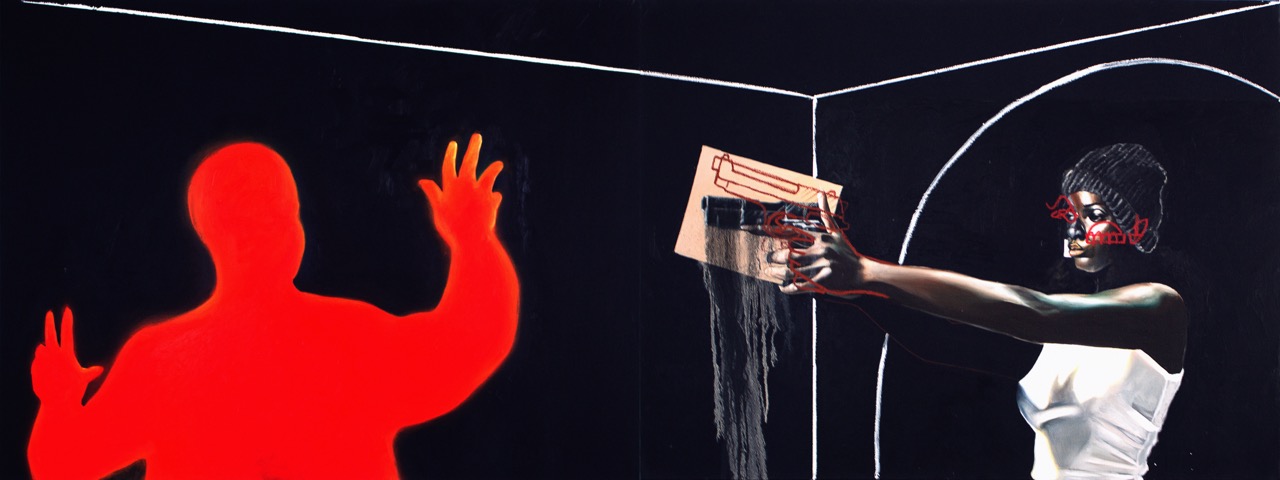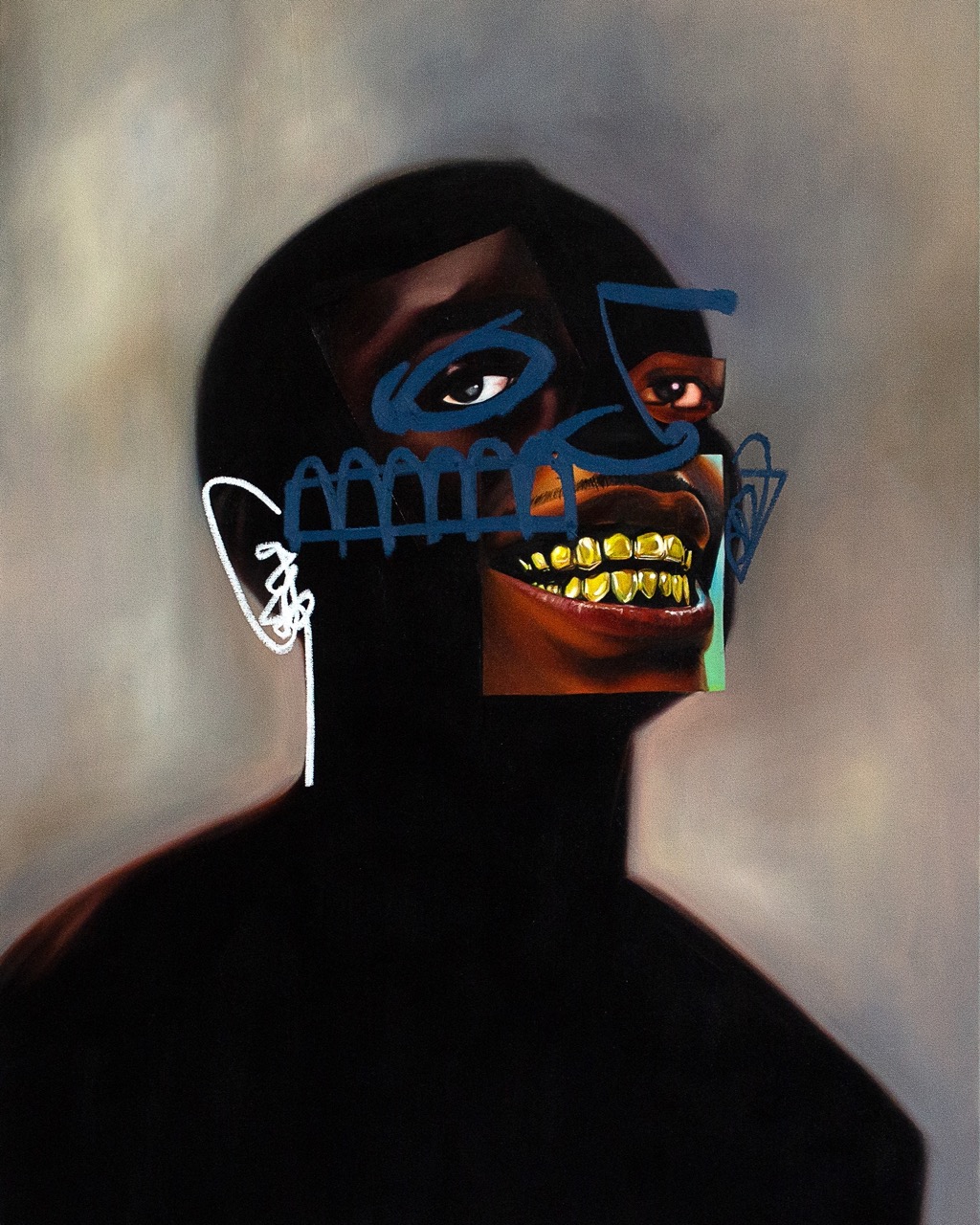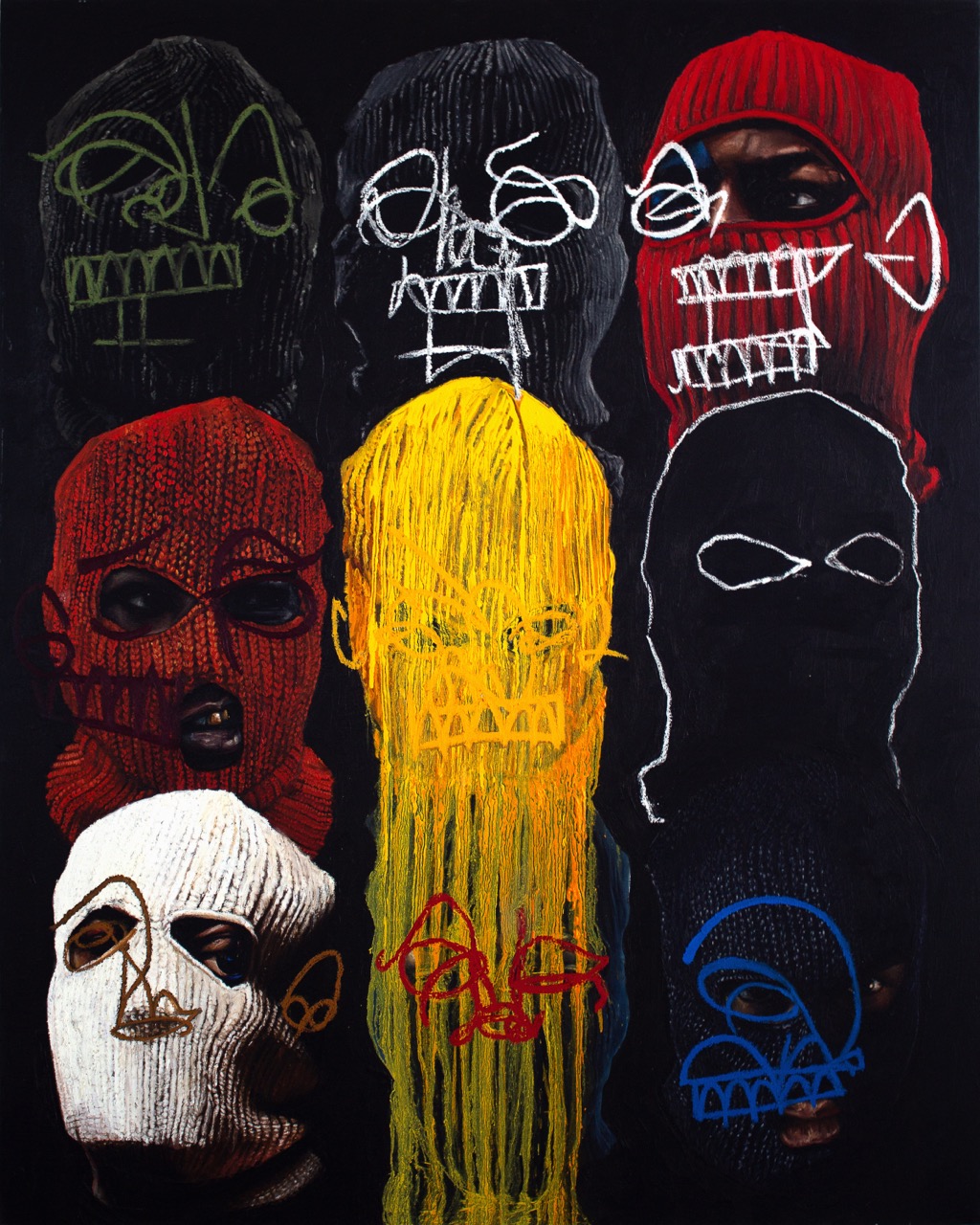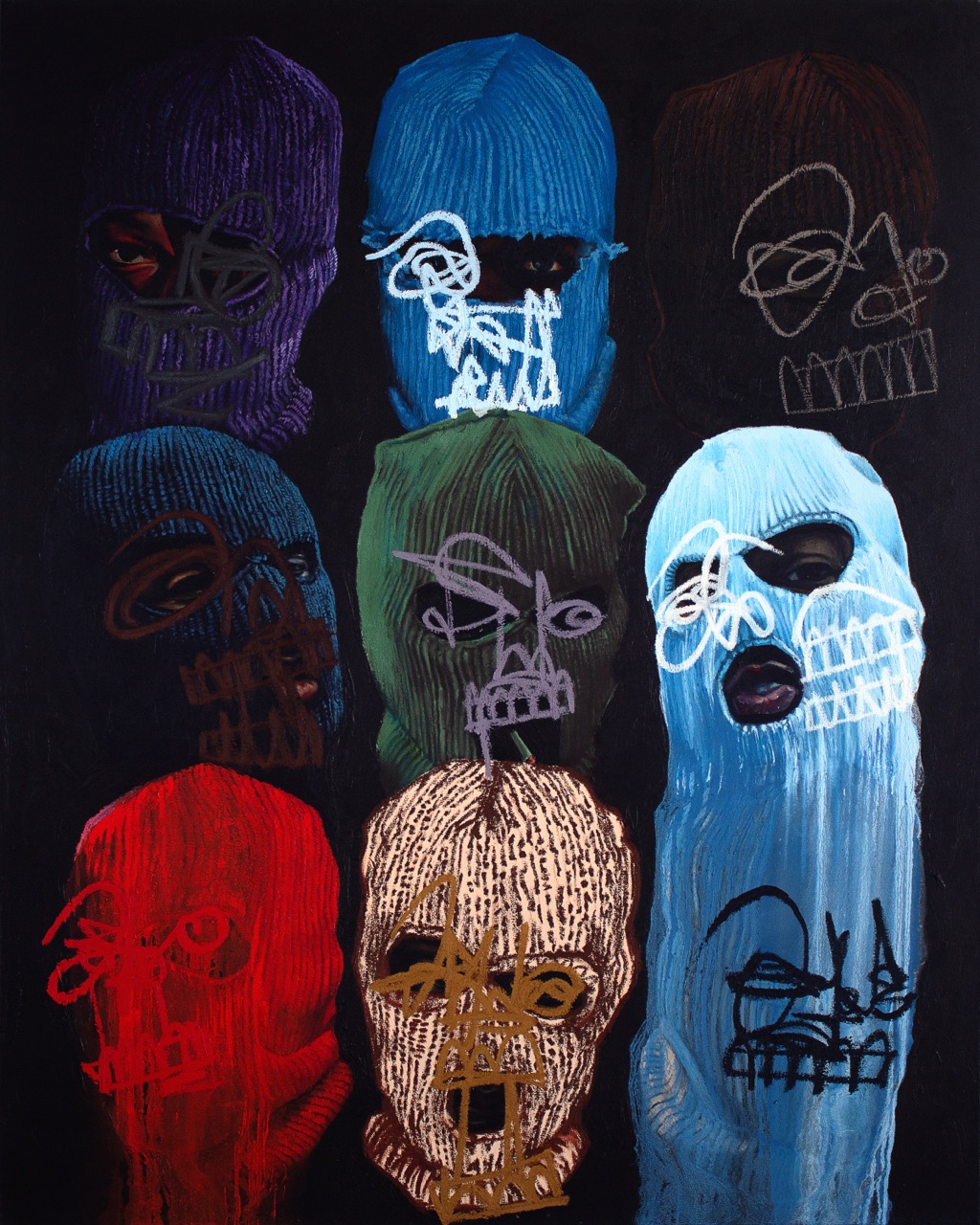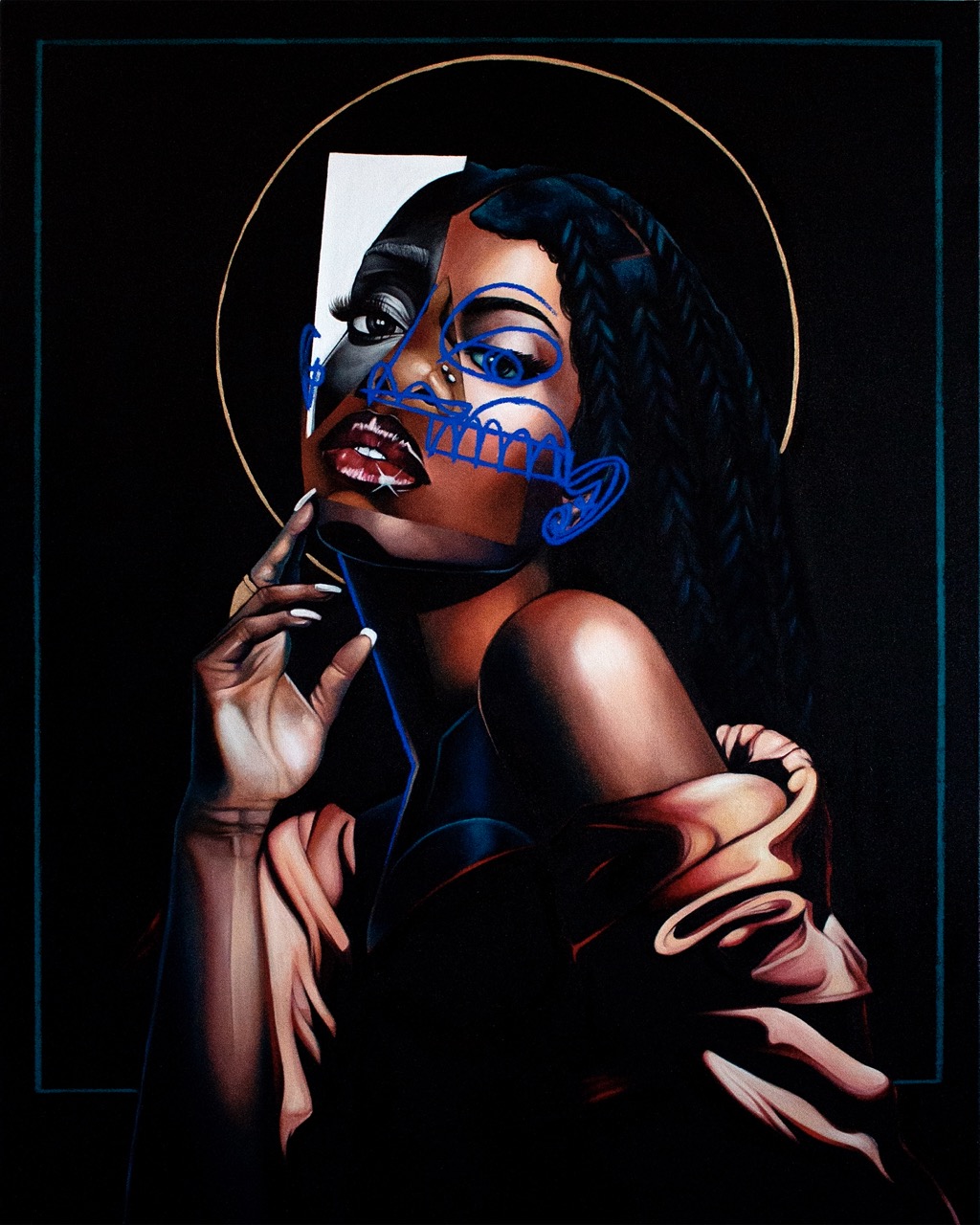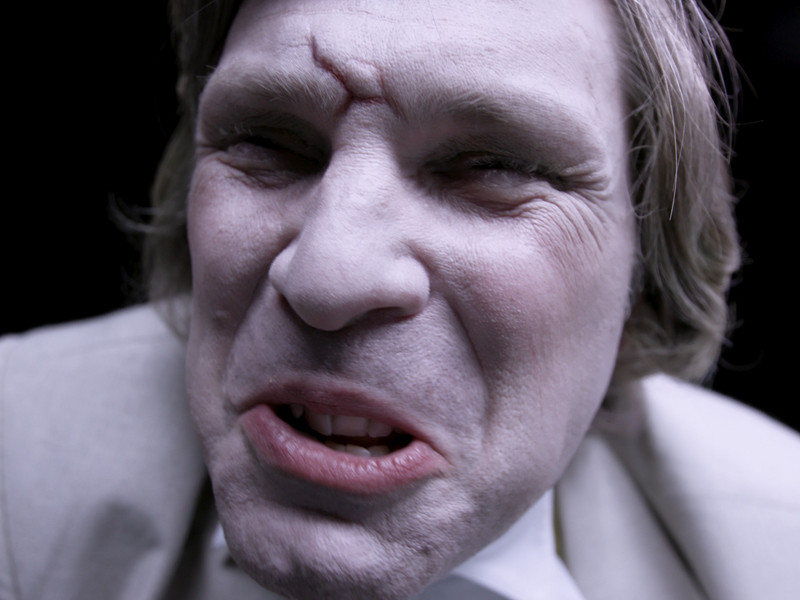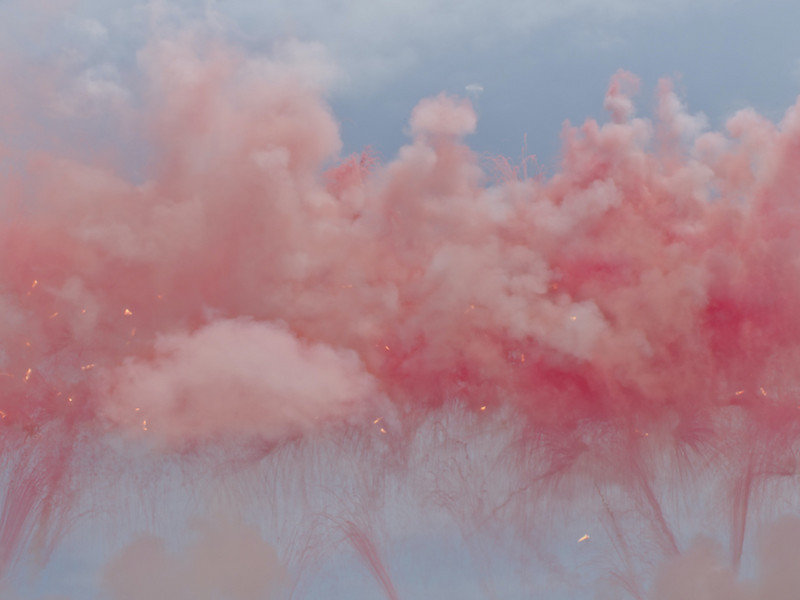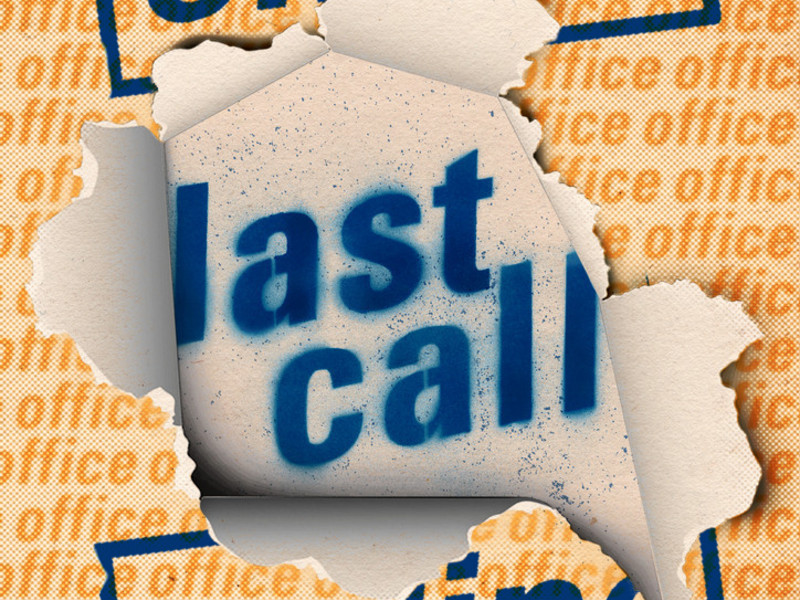3D Artists Discuss the Ever-changing Space
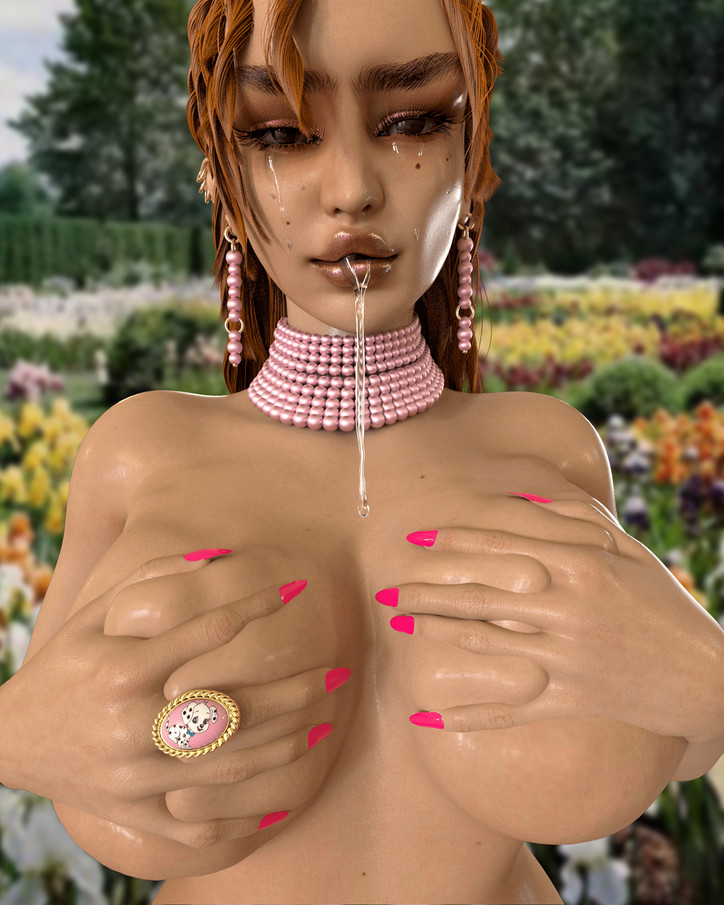
Serwah has worked with Soto Gang, one of our most recent cover stars, on the sale of her sunglasses collaboration with AKILA Eyewear, creating some 3D baddies wearing the frames in a computer crafted office simulation. Carol recently worked with Gigi Hadid and Alana O’Herlihy for Vogue Magazine on GIGI PLAY, a short video where Gigi plays herself as an avatar in a video game designed by the artist.
Both artists, though very different, find themselves doing extremely important work. They’re in the rare position of being a part of the rapid and necessary growth of the medium they work in. The digitalization of models, clothes, and products is both economically and ecologically friendly, allowing the fashion industry to conserve materials and funds, seeing as textile waste is one of the largest sources of waste on the planet. Whether Carol & Serwah are working for a brand or creating their own personal work, they are able to practice representation and inclusivity, where the medium has lacked it in the past.
Read our conversations with the unconventional and experimental pioneers of this new universe.
How would you describe what you do?
SERWAH ATTAFUAH—3D art in simplest terms. But as I’m progressing, digital art would be appropriate because now I’m messing with a lot of Adobe Fresco, which is digital painting. And I still do a lot of graphic design. I’m more into experimenting digitally now.
CAROL CIVRE—It’s funny, when my parents’ friends ask me that, it’s, like, the most impossible question in the world. I guess, speaking to you, I’m a 3D artist. I create work using 3D software for brands and for personal projects, as well. Primarily, I describe myself as a 3D artist and secondarily as an art director. I have a background in fine art, so I feel fortunate that a lot of the work I do allows me to have creative input. That’s a part of what I do, as well.
How did you start making digital art?
SA—My mum was a graphic designer, so having digital art making programs was not something that was difficult to get a hold of. In early highschool, we got little laptops from the government to do our homework on, but it came with the full Adobe software. I’d chop up weird things on photoshop instead of paying attention in class. So, I got, like, pretty good at digital mixed media. I was painting with oil paints for a long time at the same time and sort of lost my studio, so had to focus on digital art if I wanted to create something. And 3D just seemed like the next coolest thing. I’d always sort of strived for life like paintings, and so 3D just seemed naturally the best option.
CC—I studied fine art in school. The very, very first experience of 3D that I ever got was when I took a photoshop class where my professor was obsessed with 3D sculpting. He tried to push it on the class, and everyone was not into it. I was the only person who was showing interest in it. He ended up getting me an internship working at Coach. They were using 3D, internally, to do product visualization. Mainly when I really got into it was after I graduated. Art school is cool, but I needed a job. I went really in on it. Honestly, Youtube, Youtube, Youtube. Right after I graduated I applied to NEW INC, which is the New Museum’s artist incubator. I had a really cool idea to create a virtual reality experience about sex education. I got accepted to it, which was awesome, but I had very little base knowledge of 3D. After that experience was over, I was exposed to 3D a little bit more.
What themes are you exploring in your work?
CC—I use characters and bodies a lot, and feminine leaning bodies and characters. That’s a big part of it. Humor is a part of it, as well. I think art school really turned me off of taking things too seriously. I find that it can get really convoluted and pretentious, and I’m not into that. I often personally feel that the work that says the most is the work that’s not trying so hard. I guess there are concepts of femininity and body image in my work, but it’s a little more subconscious than intentional. I should clarify, I think taking yourself seriously is super important, but taking your work seriously is a separate thing. I think those two things are super distinct, actually. I take myself extremely seriously as an artist, but I think conceptually, I don’t like to get too convoluted with what I’m making. Work can often make its own point when it's strong. There’s things people are gonna see in it, which is really cool to me, but I’m not one for putting a description on the wall about what I’m making.
SA—A lot of Afro Futurism has been a very distinct and consistent thing throughout my work for the past couple years. Lately, a lot of Rococo things, strangely, which, I was never really into Rococo art style, but somehow I’ve landed in an endless loop of thinking about Rococo art. I guess coming from a painter’s perspective before I started 3D, I think about classic art more than looking at digital art. Basing a lot of my art off of traditional artworks and paintings.
I know a little bit about Afro Futurism, but would you mind expanding upon this idea a bit and how it manifests in your work?
SA—There’s parallels between writing, film, poetry, and music, and visuals. It all comes together to create this genre. I see myself visualizing a future where black history and black culture can thrive and live in a futuristic context. In a positive way. I feel a lot of futurist art and cyberpunk art is depressing and bleak and scorched earth. You think about the term Afro Futurism, and it’s like, we’ve already gone through so much, I don’t want to envision a scorched earth horrible future for black people. Visualizing a nice place to be. A nice mentality for everybody.
An optimistic utopia.
SA—Yeah, exactly.
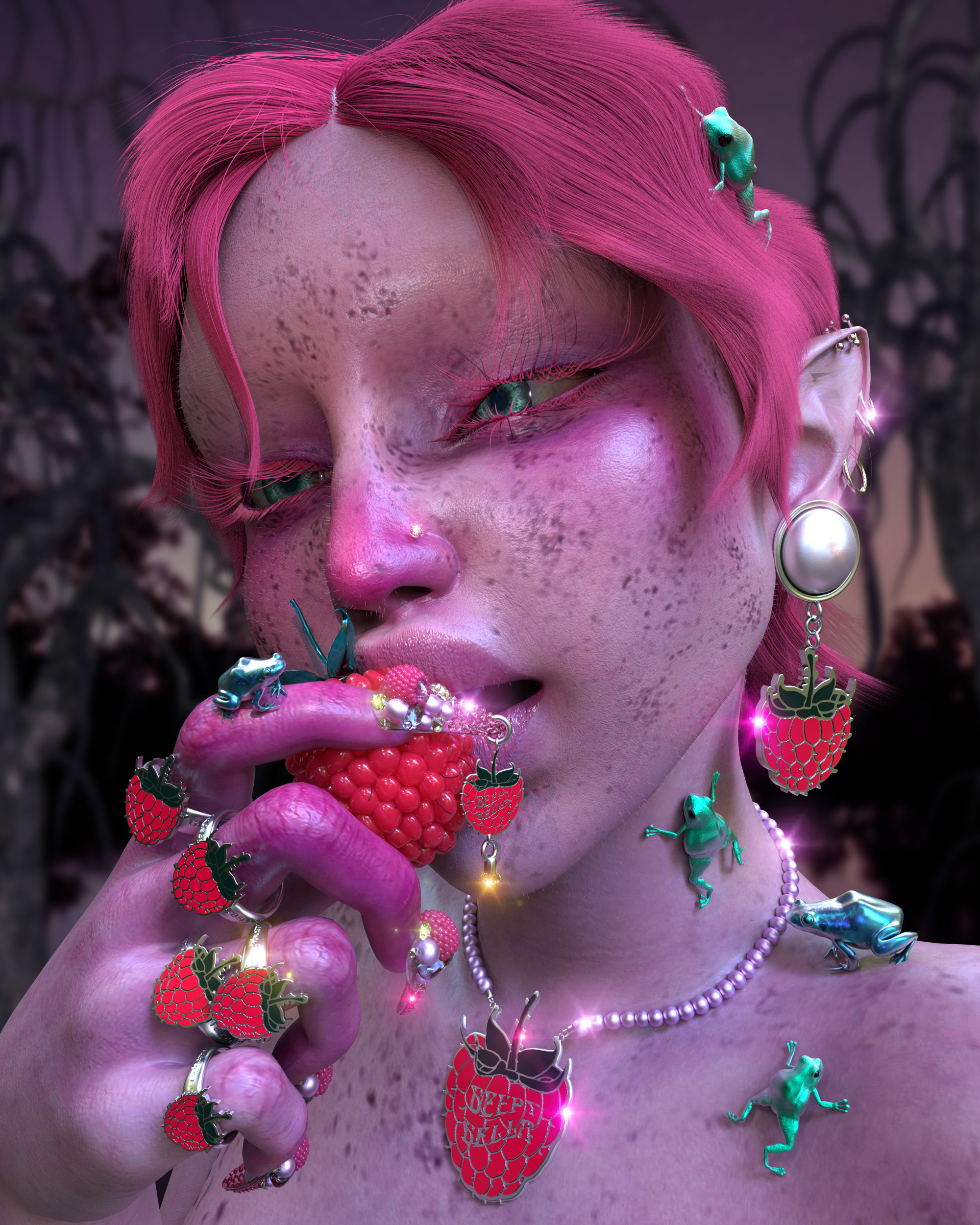
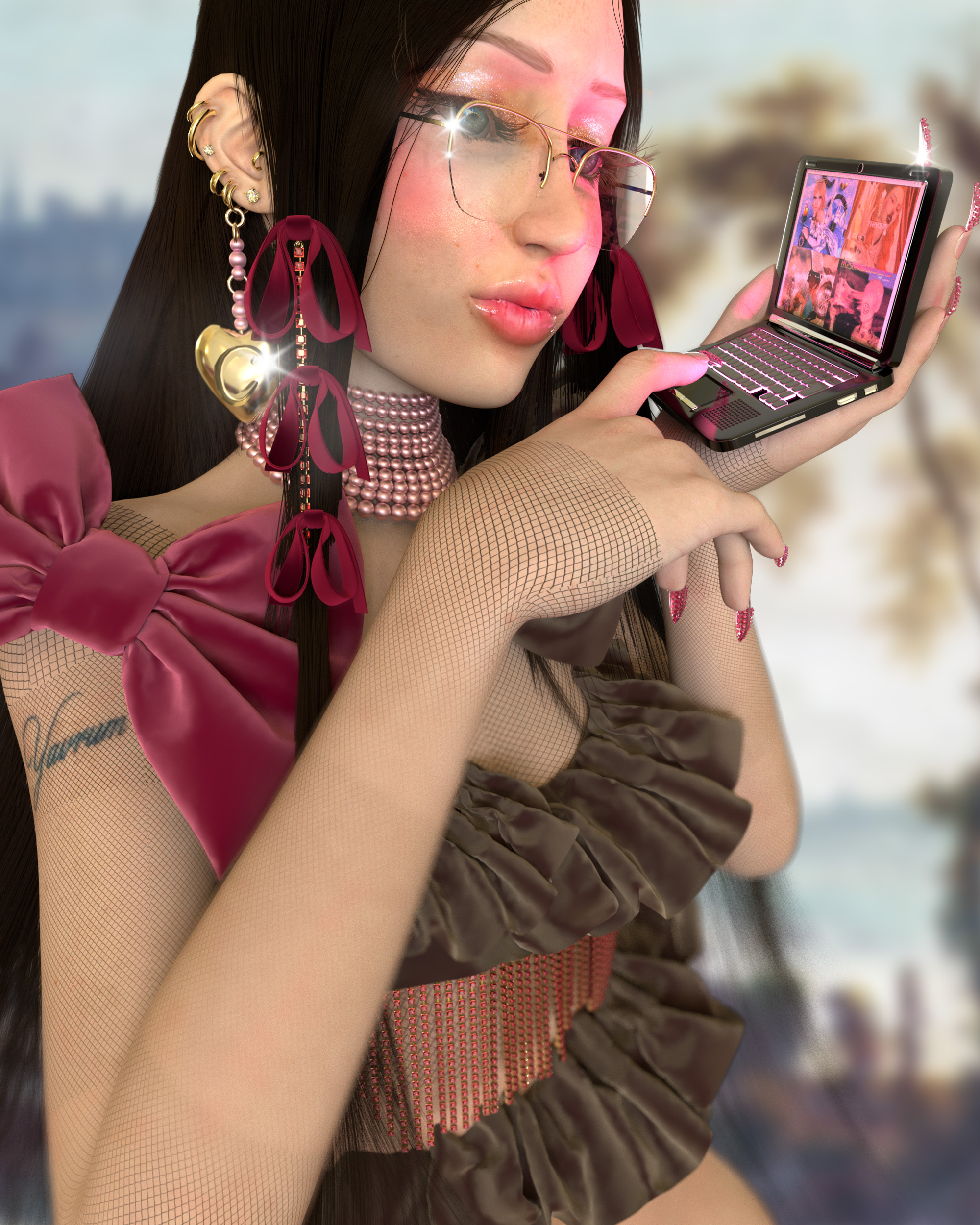
Above images by Carol Civre.
What inspires you?
SA—François de Nomé, Monsù Desiderio, Hans Zatzka and Giovanni Battista Bracelli. I try to create really positive artwork, but I like looking at darker paintings. They seem more interesting to me to get inspired by. You can sort of see what’s missing. Edward Munch did the scream. That painting kind of sucked to me but he did all these amazing graphic lithographs, and they’ve been a really big inspiration to me lately.
CC—Recently, the more I get into technical 3D work and the projects I’m doing, video games and video game aesthetics. Not to consistently shit on art school, it was great, I really got a lot from it, but another thing I didn’t like was the idea of high art only being painting, drawing, and fine art. When I see video games, that’s really art, as well. That’s a huge inspiration for me. I’m not a huge gamer, but I love looking at people playing video games ‘cause I’m there for the aesthetic. Apart from that, I think I’m inspired by things that are not related to digital at all. I try to stay away from things that are dead giveaways to 3D. Like, people really love chrome textures, and digital colors, purple, blue, whatever. That’s cool, but that’s really not my vibe. When I create visual work, I pull from painting, classical painting styles, colors, and palettes to drive my work a little bit away from digital and have it exist in this space that might be a little bit more new. I think it’s a range of really super digital stuff like video games, and then other artistic mediums, like painting.
That’s awesome. I can see that there’s something very painterly about your work, including the compositions. How does your work represent the future of advertising?
SA—I guess the pandemic taught us how commercial shoots or film shoots don’t necessarily have to be a big time consuming and costly production. When the pandemic happened here, at least, we were in lockdown for a lot longer than the rest of the world, so a lot of the brand campaigns fell on digital artists. I think that mentality will stick. I don’t think people really realized the potential of digital art work or the online space in general until the pandemic. I think it’s a good thing. A lot of these campaigns and shoots are so unnecessarily over the top when it could be done at a smaller scale.
CC—It depends what companies want. During COVID, it’s been great for 3D work, because companies who maybe would’ve never considered it have been getting into it, because they really have no choice now. It’s really cool, it’s becoming a much more mainstream thing to include in your brand identity. I don’t see 3D completely ever replacing something like photography. They’re separate things, and you can achieve really separate things with them. And again, I like trying to work in that middle ground where, it’s like, How much can I make my 3D work look like a photograph? Mixing those aesthetics. I think it’s because I have interest in fine art and studied it, that—3D is amazing, it’s what I do—I don’t like completely abandoning all other art forms. I definitely like to mix it up. But back to advertising, brands are much more open to it, and it’s really cool. People are also entering an era where advertising isn’t solidly about showing a product, it’s also about creating an artwork. Exploring other mediums to do it is awesome. The only thing I think is not awesome is how overly saturated advertising is. I feel like brands are constantly trying to come up with the next best thing to outdo each other. It’s cool because it’s a lot of experimentation and trying new mediums, like 3D, but at the same time, it almost feels like things I make or other artists make are disposable. Sometimes I’ll spend a month working on a piece, and then it has an hour of fame on instagram and then swipe to the next thing. There's a lot of content being created. There’s not really a way around it, but it makes it really difficult to be an artist creating for brands.
It just moves so quickly.
CC—So fast. Sometimes I really appreciate it when I get a project that gives me an opportunity to make something that’s going to be a little more long lived. I love working with brands, but sometimes it’s like, Oh, my god, I worked so hard on that and it’s only a post on Instagram. It’s just the nature of what it is, but it feels weird, for sure.
I can only imagine. What do you think the digitization of models does for the fashion industry?
CC—I think it opens up another opportunity to show their product in a different way. I’m currently working on a project, kind of full time, that has a lot to do with digital humans. I can’t talk about it at the moment, but there’s a lot to do with representation when it comes to characters. Traditionally, especially in video games, which is kind of where 3D character culture originates, there’s a huge issue of representation with characters lacking diversity and being extremely overly sexualized, especially female or feminine leaning characters. It’s weird because I work in that world. My characters do tend to be a bit sexualized, but I do it in a different way than a game studio creating a tomb raider warrior woman with her boobs jiggling the entire time you’re playing. I think it’s cool because the work being created for the brand can be created by artists like myself who are kind of reclaiming that aesthetic. At the same time, I think avatars are still lacking a lot of diversity. The more independent artists like myself can get to be in that arena, the more opportunity there is to diversify. Even down to how avatars are built. Even the programs themselves aren’t built for diversity. If you want to make an avatar with more weight on it than another, it’s often really difficult because it will stretch the geometry and not look realistic. Because of how avatars are lit, different skin tones can be tricky. It’s not unlike photography in a way and how it was from the get go, like it couldn’t capture nonwhite subjects. Obviously people have worked on it. I think it’s pretty recent, which is one of the reasons it’s lacking. I think it will get better. It’s definitely difficult to pull it away from where it started and how they lacked that diversity into a more inclusive space. As creators, people should be really, really thoughtful when they make a character.
SA—It can be a good and a bad thing. I’m sure models could get frustrated. The feeling of being replaced by something that’s not human I’m sure would be really frustrating. But, you know, this happens across all industries. People in the factory line get fired and replaced by robots that can do their jobs way faster and way cheaper. But, I think it opens up the possibility of things that can’t happen in real life. We can do things digitally very simply that can’t happen in real life. It doesn’t mean that models would be out of jobs, per say. Most of my work is creating real people that exist but putting them into the digital space. It’s not like they don’t have a space in this digital realm. It’s just all a bit different.
That makes sense.
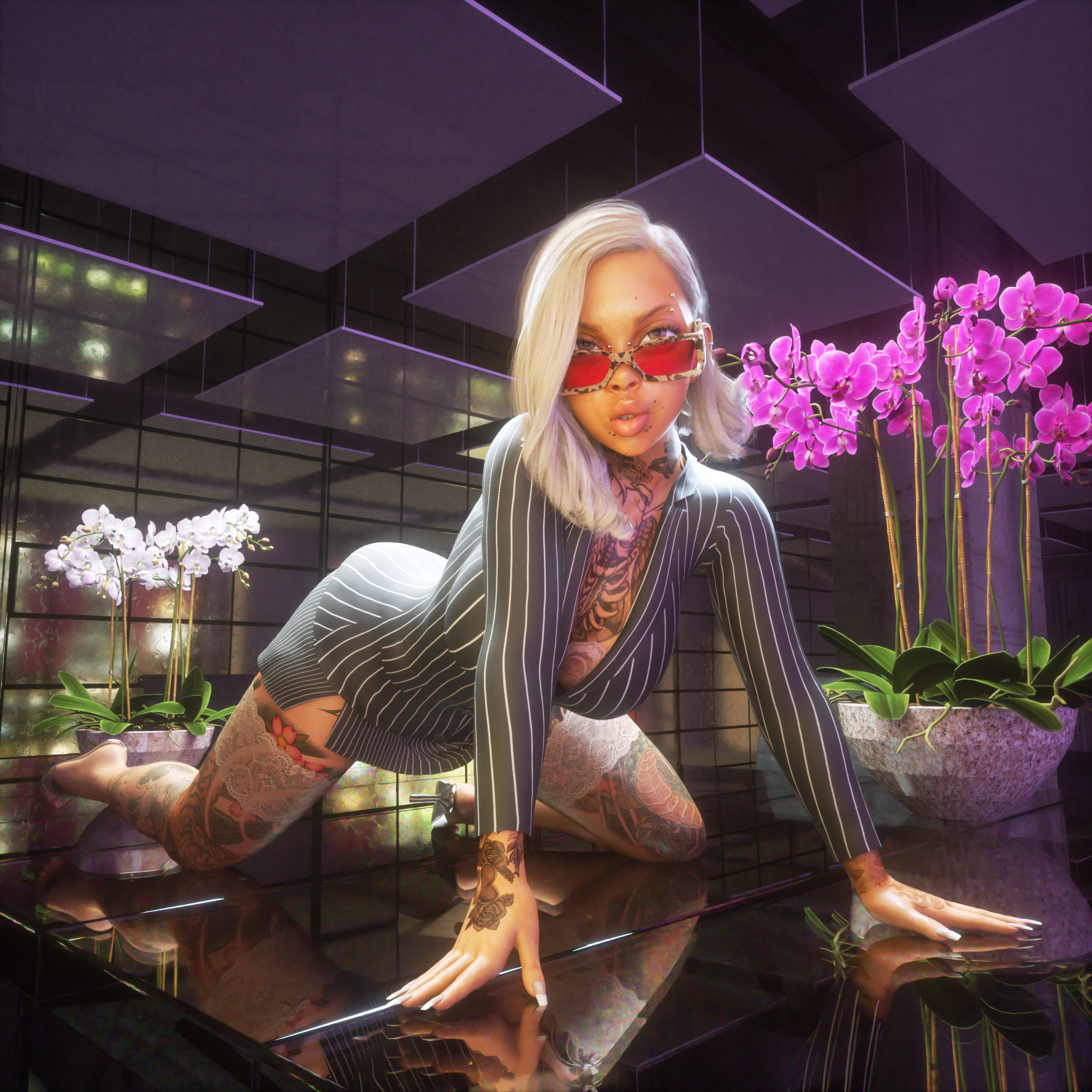
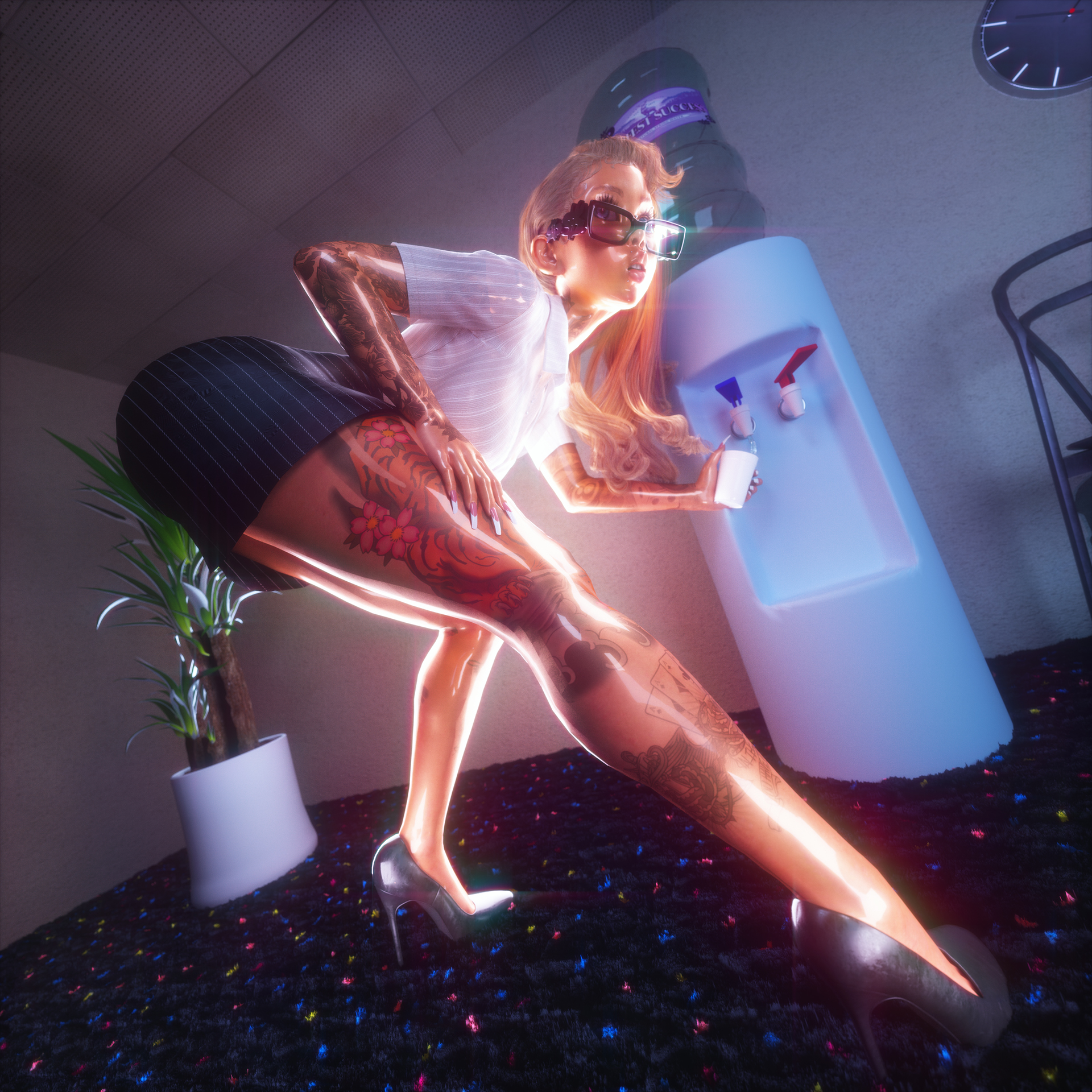
Above images by Serwah Attafuah.
How do you think digital art in general affects fashion’s eco and economic climate?
SA—Well, I think it’s a good thing because fashion is growing at a rate where textile waste is one of the highest volumes of waste in the world right now. We’re able to digitize fashion. I think the demand for it is mostly because people want to wear things, but they only want to wear it once or they only want to wear it for a photo. Digital artists have come up with ways to solve that gap without creating a massive ecological crisis. There’s this platform called DressX, where they sell digital clothing. You can wear it as many times as you want, and there’s no waste coming from it. I think that’s really incredible that we can close these gaps that fashion has created in a way that’s sustainable. It’s really cool to see fashion brands like Gucci, all kinds of people, really jumping on this digital thing. I think that’s really affirming and positive.
CC—I think it depends what they want to do with it. In a way, they can cut costs by not having to put on these giant shows and pay for these events and create all these clothes. What I said at the beginning, the first time I was ever introduced to 3D at Coach, they were doing product visualization so that they wouldn’t have to make physical models for clients to then approve for production. Instead of having to make the models, they could just make them digitally. It cuts out that wasteful element that’s not really needed. I think it creates a huge opportunity for brands to do that as well. I work with Digital Village, and they put on an entire digital fashion week last year. All these brands showed their stuff and there was no eco cost at all. It’s really cool for brands that feel like they can cut back in that way.
Did you always work with brands? How did your personal practice transition to getting paid to do it?
SA—I was in a bunch of death metal bands when I was younger, so I was sort of in the music space. Just knowing people in music, they’d ask me to make posters for upcoming shows. I’d ask for just, like, twenty bucks. It sort of came from that and snowballed into whatever it is now. Being consistent with it and using brand or client commissions as tools to challenge myself and learn new skills. If I’m not told to do something, sometimes I won’t bother to learn how to do it.
CC—It was definitely something I had to seek out. I was freelancing for a company that wasn’t really doing creative work but I was starting to make my own 3D work. I think friends encouraged me to post it on Instagram. At first it was just showing stuff I made, and then people started showing interest. I think Instagram is really where I got started doing client work. It kind of just grew. Definitely not in a linear way because I’ve done a lot of unpaid work, if not unpaid, really poorly paid. I’d say it took over a year or two to get this to become solid. And this is working every single day at it. It wasn’t seamless. It was tough. It was mainly through online friends and the net expanded from there.
What was your creative process for the work you did with Soto Gang?
SA—This is the second time we’ve worked together for the AKILA drops. I reached out to her and told her I make 3D art and asked if we could work together. I was super stoked when she hit me back. I think she’s one of the greatest creative visionaries that I’ve ever seen. She came to me with the coolest, most solid concepts. She basically directed the whole creative for the materials I provided. Usually I’m not super into people doing that, but with her, she’s so spot on. I was totally fine with that. She came to me with some sick references and ideas. We just sort of went back and forth. I just sort of created environments and knocked down a whole bunch of shots. I tried to capture her vibe and still mesh it with the office thing she’s going for, which I think is sick.
I think you did a great job capturing the essence of her brand. What changes do you hope to create or facilitate or be a part of in the digital design industry?
CC—What I mentioned earlier regarding character representation is a really huge thing for me. I know a lot of artists who feel the same way. Making sure that digital humans are also treated well. At the end of the day a character is a representation of a human being. That’s a lot of weight to put characters out without thinking about that. I think it will directly affect how human beings are viewed. If you’re putting out models who are always white, always skinny, have perfect skin, and don't age, on a billboard, that does the same thing. Apart from that, I think there’s this weird thing where 3D artists, because artists like myself are a relatively new thing, are working towards a space where people do what they can with the medium. It creates a lot of new visuals that never would have existed otherwise. If somebody super skilled makes something it’s super straight forward, but if someone who’s less experienced does the best they can with the tools they have, something really innovative can come out of it.
SA—What changes I’d like to see happen and what I’d like to be involved in is just more legitimacy to digital artists. I feel like we’re only just getting to the point now where people are taking it seriously. As a profession, as an art form, as a way of communicating ideas. I’d like to see that come up further. More representation in the industry would be amazing. When you think about 3D art or animators, you think of white male stereotype because a lot of the industry really is like that. I guess it discourages people from giving this art form a go.
That’s a great point. I see that, too, just because in video game spaces and even like Pixar or Dreamworks, it’s a lot of white men. But you also have the opportunity to create more representation on the model side of things too, because you’re creating each character.
SA—That’s something I always try to do is create a focus on black characters or inclusive characters. I’ve done quite a few works with trans characters. I’d like to see more of that.
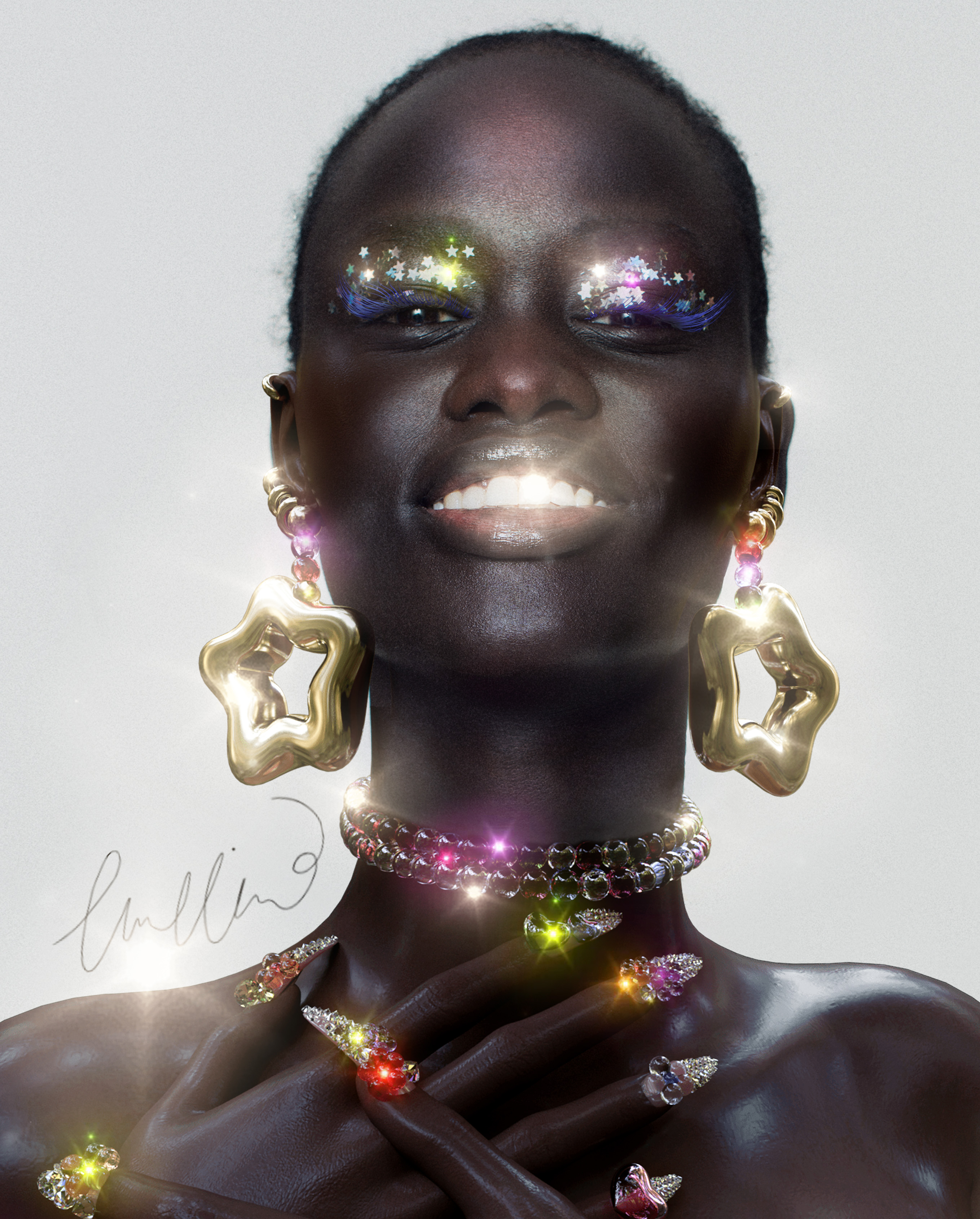

Above images by Carol Civre.
Artists like yourself are kind of pioneering a new art form. It’s not a new art form, but it’s taking on a new shape. You have so much room for innovation.
CC—It’s not new, but the nature of how people are doing it and how other people are accepting it is bringing it forward.
What are your thoughts on NFT’s and intangible art?
SA—Last October or September, the platform that’s now known as Foundation contacted me and asked if I wanted to make an NFT. They were doing their first drop of, like, 30 artists. I had no idea what that was but I gave it a go. I sold it for only, like a grand at the time. This was before the whole massive thing happened and it became mainstream media. Because I’d sort of been in that space in a small part of it previous to that, my NFT career sort of went well. I think I’ve sold five, maybe, since. It’s been pretty dope. I think it’s a great way to not just create an income for artists of all sorts, but the technology is so fascinating and we can do so much with it. I don’t even understand how much we can do with it, yet. It’s, like, too beyond me. We’re very much at the beginning. It will be seeping into corporate structures and advertising and so on and so forth. I think it’s a good thing. A lot of people rag on it because of the environmental impact, the carbon footprint of it all. I try to think about it like, If I’m an artist and I’m trying to make an income, should I print out 1,000 t-shirts and sell them and they’ll end up in the rubbish in a year or two, or can I do this on Ethereum that’s going to be much more environmentally friendly in less than a year? You sort of can’t win.
CC—I personally have not entered that space yet because of some considerations, one being that I don’t understand it that well, even though I’ve done some research since it’s so relevant in my field. I think I was really freaked out by how people were doing it when it first started to get really popular, people were selling things for like 25,000 dollars. It just was a lot the way it was happening. I had my clients, so I decided to continue to focus on that. There’s an environmental impact to how they’re passed along through crypto currency, so that’s also a consideration. When it comes to ownership, I think it’s cool because digital art is hard to sell in the traditional way. Client work has been my source of income, which is awesome, but the thing that that doesn’t provide in the way NFT’s do is artistic freedom to just be a digital artist and make the work you want to make and make money from it. That’s a cool thing that it does provide. It’s a more fast paced way to create revenue from your work.
It is kind of overwhelming.
CC—It is. And it feels kind of unstable and unsustainable to me in more ways than one. It’s kind of a rush. They’ve existed for a while before they got big. It’s just the way digital currency and digital markets work. It seems like not a super long term solution for digital artists, but it’s definitely an interesting space that people are exploring. I think people are exploring it because there aren’t a lot of good alternatives to selling your work if you are a digital artist.
What’s coming up next for you and what are a few goals for the next year?
CC—I just started a new job. I can’t talk a lot about it because it’s for something that hasn’t been released yet, but it will be soon. It’s really exciting, though, and has a lot to do with something I’m interested in. I’m still freelancing on top of my full time job. So my goal is to not lose my mind. No, it’s awesome, I feel super fortunate about it. It’s just a crazy balance I’m trying to find. Keeping my freelancing was important to me. It’s where I get a lot of creative freedom.
SA—I have a couple more NFT auctions, collaborations, and stuff like that happening. I’ve been talking about this bloody tarot card deck that I’m going to make for the past three years. I’ve started it but I still have to finish it. I’d just like to make more of my own art as opposed to commissioned artwork.
I saw one of your tarot deck cards on your Instagram. It looked so cool, I want to see the rest!
SA—Thank you! Yes, I’m working with this dope astrologer, and we’re going to put a lot of thought into it!

